Current Seminars





Past Seminars

5/21/24 at 4:00pm in Chemistry B201
About the Seminar: The energy band structure (dispersion relation between energy and wavenumber) is fundamental information essential for elucidating the charge transport properties of semiconductors. We have developed a new technique, angle-resolved low-energy inverse photoelectron spectroscopy [1], and succeeded in measuring the conduction band structure of organic semiconductors for the first time [2]. Based on […]
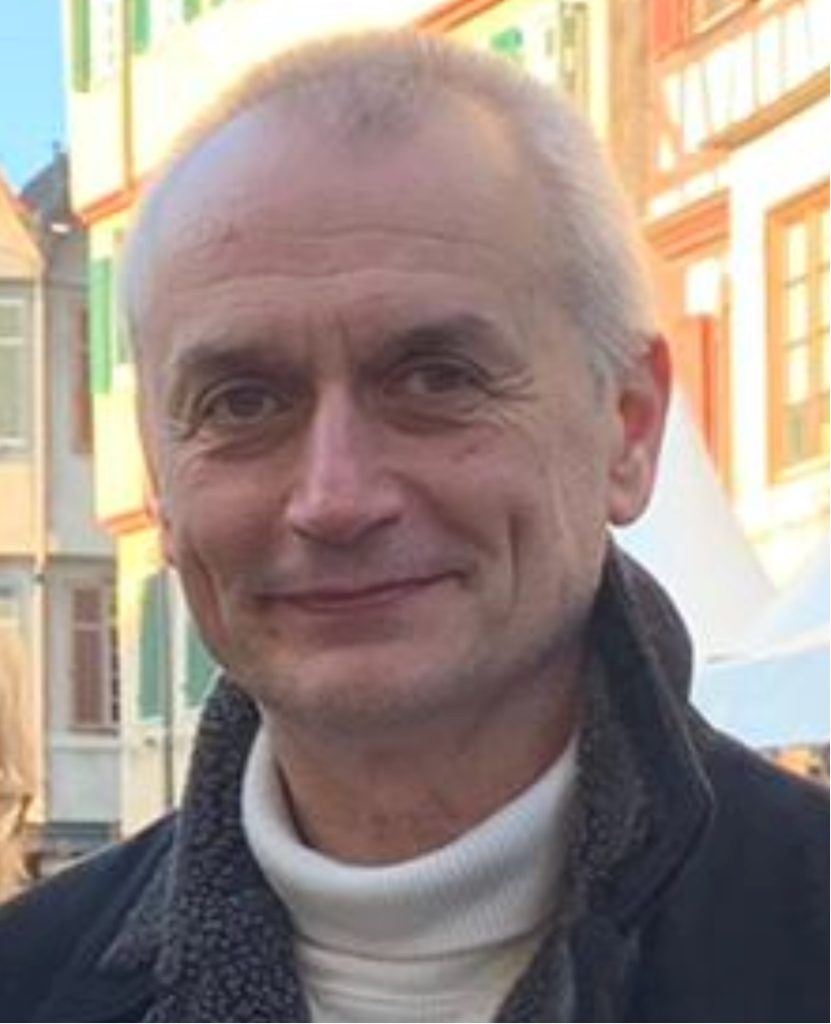
4/25/24 at 4:00pm in Chemistry A101
About the Seminar: Work at the intersection between Physical Chemistry and Virology in our laboratory has recently brought to light a new aspect of the hotly–debated relationship between quantum mechanics and biology, and of the boundary between quantum and classical behavior. Specifically, we have found that some small, icosahedral plant viruses are capable of fostering […]

4/4/24 at 4:00pm in Chemistry A101
About the Seminar: The prediction of molecular properties plays a pivotal role in various domains, from drug discovery to materials science. With the advent of machine learning techniques, particularly in the field of cheminformatics, the prediction of properties for small organic molecules has witnessed significant advancements. This talk delves into the diverse machine-learning strategies employed […]
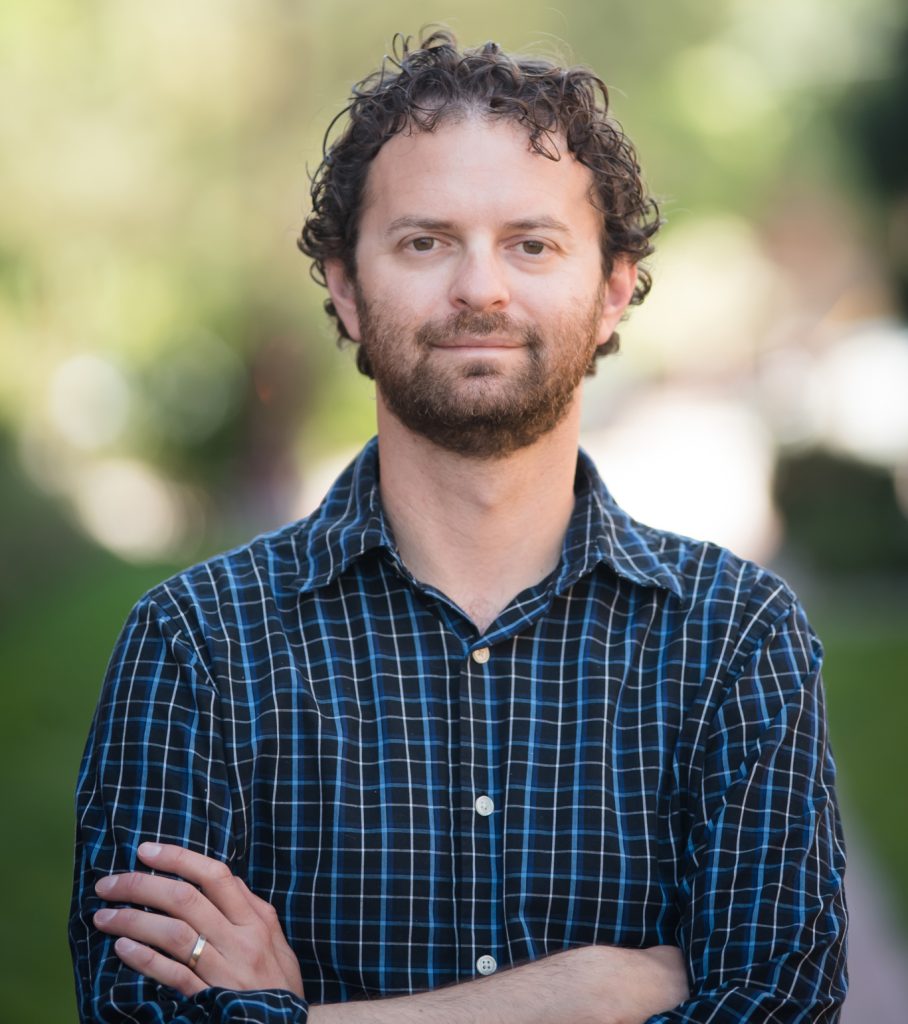
2/29/24 at 4:00pm in Chemistry A101
About the Seminar: The complexity of protein folding and unfolding in the cell is staggering, and is affected by many factors. A major factor is the role of RNA as both a chaperone and aggregation-inducer. In this seminar, I will discuss our investigations into which RNAs are important, what they are doing with regards to […]
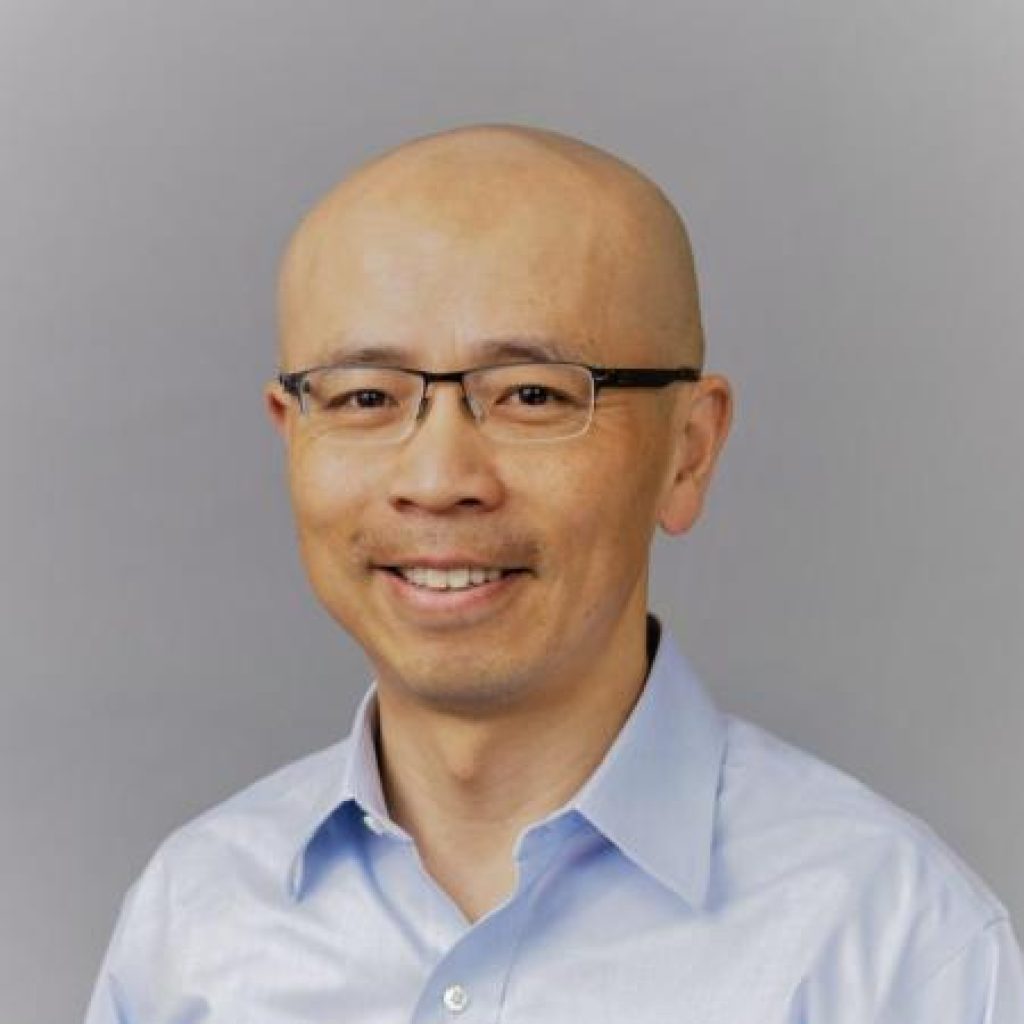
2/15/24 at 4:00pm in Chemistry A101
About the Seminar: This presentation will have two parts. In part 1, I will describe our recent efforts in using multi-modal optical imaging to study single particulate photoanodes for water oxidation reactions and our discovery of 2D inter-facet junction effects on 3D shaped semiconductor particles. In part 2, I will describe our recent work in […]

2/8/24 at 4:00pm in Chemistry A101
About the Seminar: Per- and polyfluoroalkyl substances (PFAS) are chemicals characterized by their strong C-F bonds and have widespread global use in many industrial processes and consumer-based products. PFAS are collectively referred to as “forever chemicals” due to their long lifetime against environmental degradation. As a result of their environmental persistence, PFAS become pollutants that […]

11/16/23 at 4:00pm in Chemistry A101
Abstract: Magnetic hyperthermia and photothermia have emerged as state-of-the-art thermal treatments for cancer. These methods utilize nanomaterial focusing agents, generally magnetic nanoparticles in magnetic hyperthermia and plasmonic nanoparticles in photothermia, and an external physical stimulus to provide efficient, noninvasive treatment. However, each method suffers from distinct challenges. These challenges have led to an interest in […]

11/16/23 at 4:00pm in Chemistry A101
Abstract: Enzymes are highly efficient catalysts and essential to life, prompting significant research into how they function. Understanding various structural or electronic properties of enzymes and how they contribute to enzymatic function will help researchers take advantage of catalytic motifs and design bioinspired molecular catalysts. There are several methods of computationally studying enzymatic reactions which […]

11/9/23 at 4:00pm in Chemistry A101
Abstract: In the dynamic realm of drug discovery, computational techniques have revolutionized the pace at which we identify potential therapeutic agents. However, the membrane permeability of these compounds, a crucial factor in their efficacy, often remains underrepresented in computational predictions. In this talk, I look at two anti-cancer drugs, Withaferin-A and Withanone.1 Despite their structural […]

11/9/23 at 4:00pm in Chemistry A101
Abstract: Solubility represents a fundamental parameter with wide-ranging applications across diverse scientific domains, including pharmaceuticals, renewable energy, and electrochemistry. Nevertheless, the experimental determination of solubility faces substantial challenges, particularly in scenarios involving ever-expanding solution combinations. In light of these experimental challenges, computational methods have gained prominence as viable means of solubility prediction. In this context, […]

10/26/23 at 4:00pm in Chemistry A101
Abstract: The application of machine learning to chemistry has seen tremendous success in recent times. However, in most cases the applicability of the trained models from such studies is limited to points similar to training data, with far-off and borderline data points being extremely prone to errors. To handle such error-prone data points alternative approaches […]
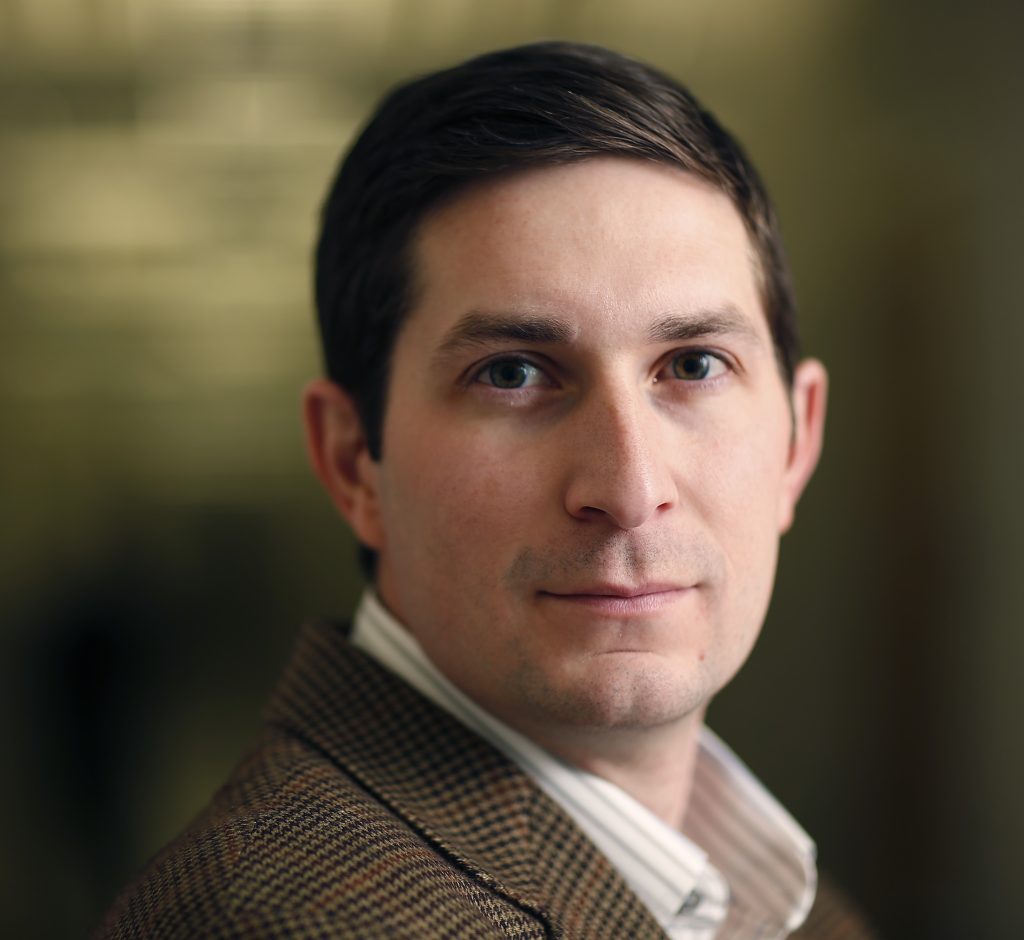
10/12/23 at 4:00 pm in Chemistry, A101
Abstract: I will describe my group’s use of DFT static and dynamics calculations combined with automation tools, ligand libraries, and machine learning to design new and more selective organometallic catalysts. I will emphasize our strategies and tools to design Cr-based ethylene oligomerization catalysts and Fe-oxo based alkane C-H functionalization catalysts. About the Speaker: Daniel […]
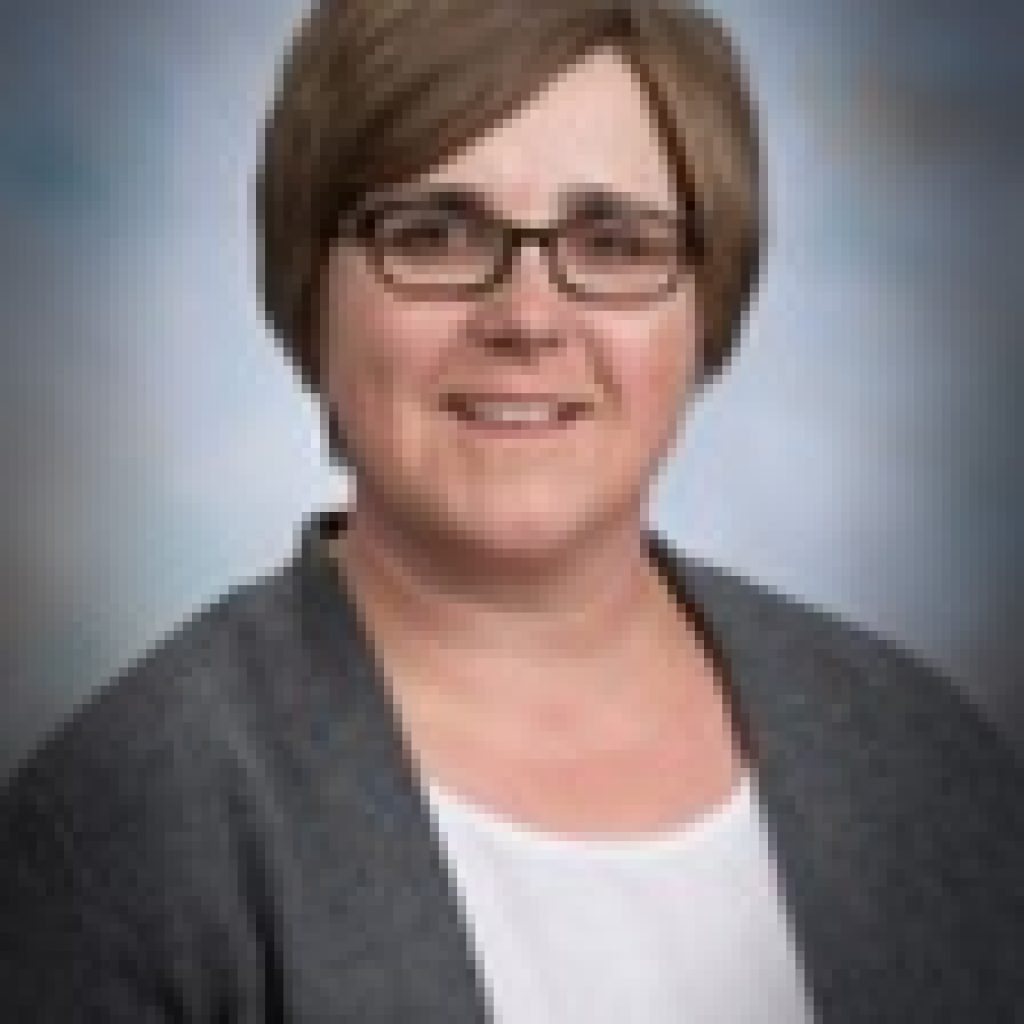
10/5/23 at 4:00pm in Chemistry A101
Abstract: The climate crisis is driving a new era of electrification around the globe. The decarbonization of transportation and industrial processes is expected to make a significant impact on the rate of climate change. For example, the electrification of refineries and the broader chemical industry has the potential to lead to major reductions in fossil […]
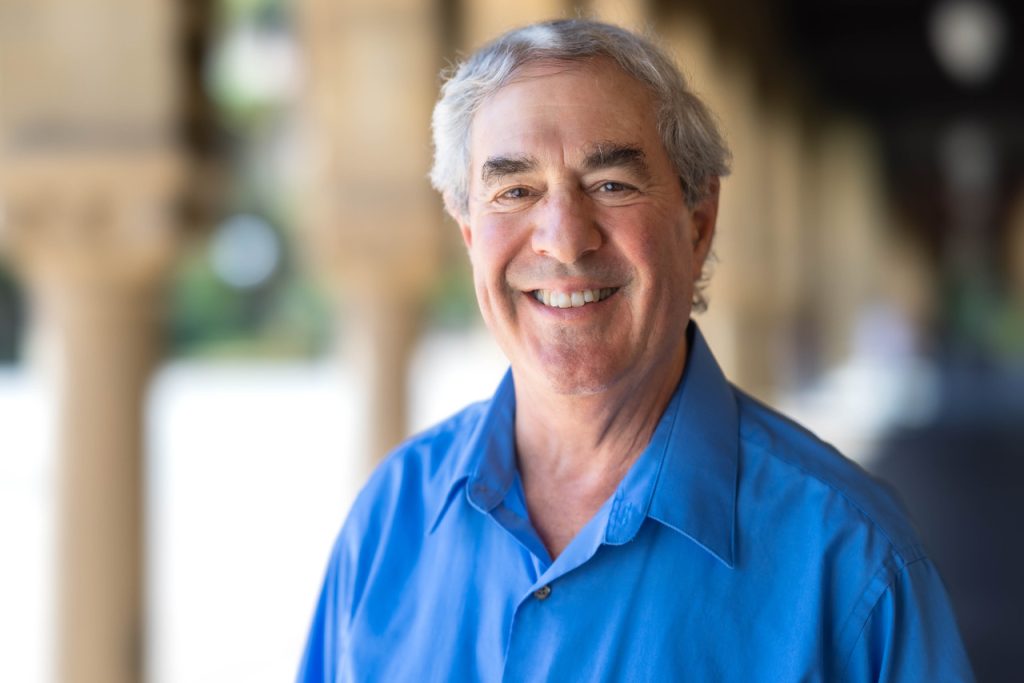
9/14/23 at 4:00pm in Chemistry A101
Abstract: Local internal electric fields in complex organized systems like proteins can be measured using the vibrational Stark effect (VSE). These fields can be very large and can affect chemical reactivity. I will briefly explain the underlying physical concept and strategy we have developed to apply the VSE to a wide range of systems. This […]
9/7/23 at 4:00pm in Chemistry A101
Abstract: A cell is a complex unity of various biomolecules with diverse functions. Understanding molecular mechanisms in cells requires detecting biomolecules with high chemical selectivity and resolution. Chemical imaging using optical modalities allows to visualize molecular compositions in cells with high spatial and temporal resolution. In this talk, I will first review common linear and […]
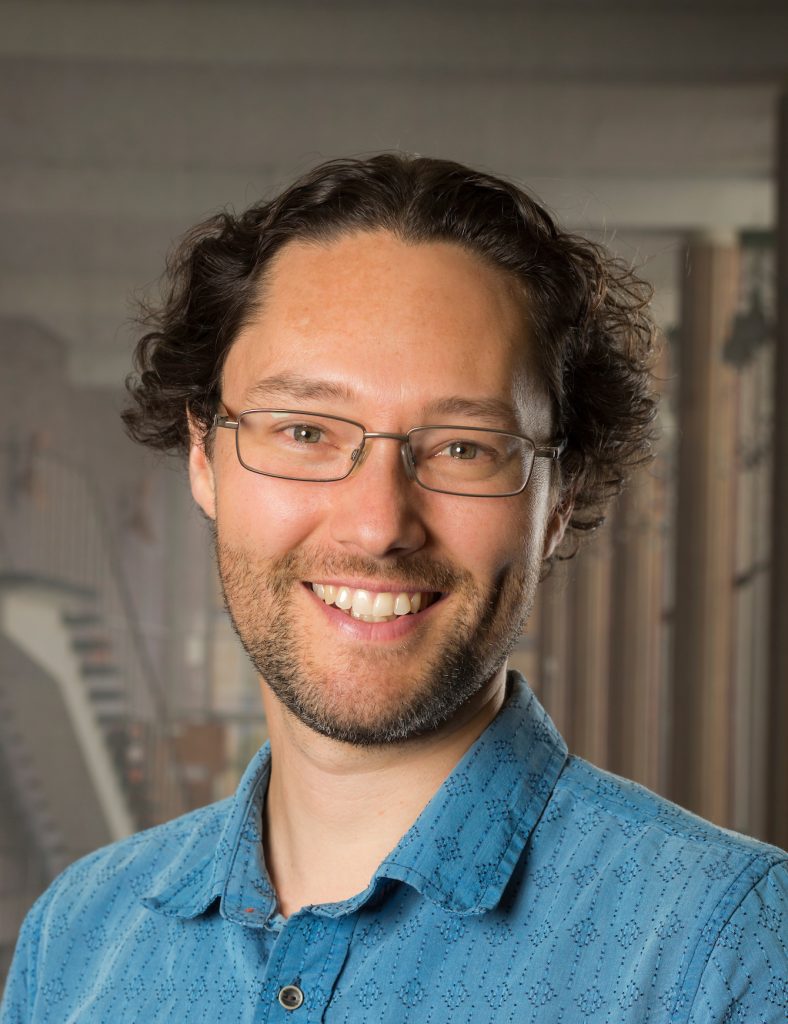
6/15/23 at 4:00 pm in Yates 102/103
Bio: Dr Asaph Widmer-Cooper is an Associate Professor in the School of Chemistry at the University of Sydney, a Chief Investigator of the ARC Centre of Excellence in Exciton Science, and a member of the University of Sydney Nano Institute. His research focuses on the application of computer simulations to understand the formation and properties of […]
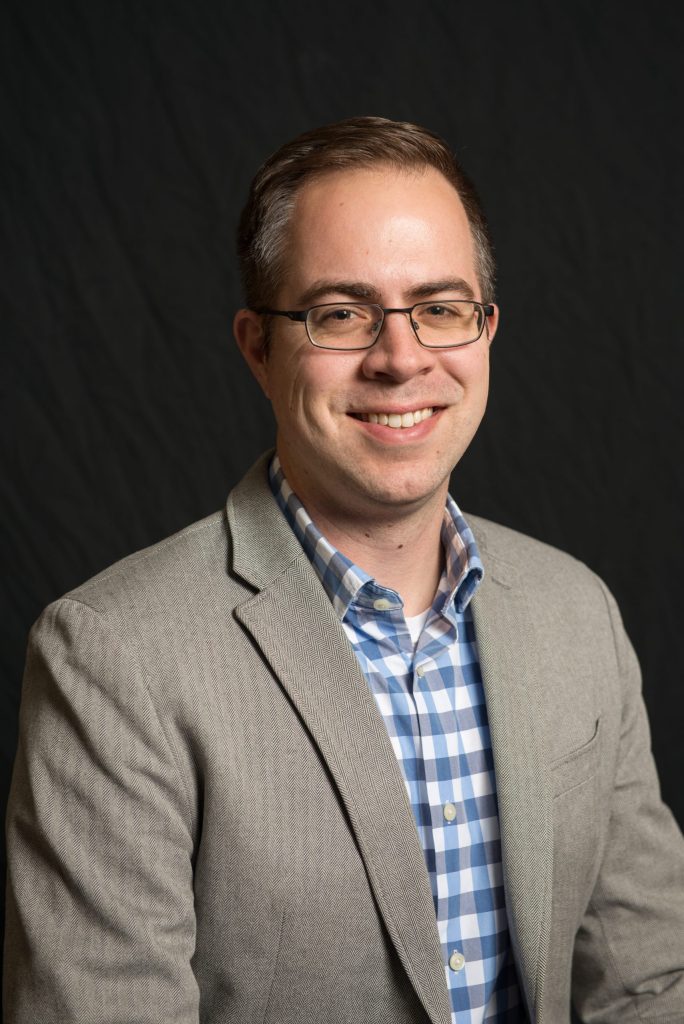
5/30/23 at 4:00 pm in Chemistry, A101
Abstract: My group is a physical inorganic chemistry group devoted to understanding how to control spin (unpaired electrons and magnetic nuclei) with synthetic, molecular inorganic chemistry. Broadly, our efforts are largely fundamental, exploring how different functional groups, counterions, etc, all manipulate magnetic properties, much like a synthetic chemist would tune a molecule to target a desired reactivity. […]
5/25/23 at 4:00pm in Chemistry A101
Thermalization loss of absorbed solar energy above the semiconducting active-material bandgap is the largest limiting factor of efficiency in solar energy conversion devices1. Extraction of highly excited (hot) charge carriers before thermalization loss can improve device efficiency by up to 33%2. Single monolayer transition metal dichalcogenides (2D TMDs) are a promising active material for hot […]
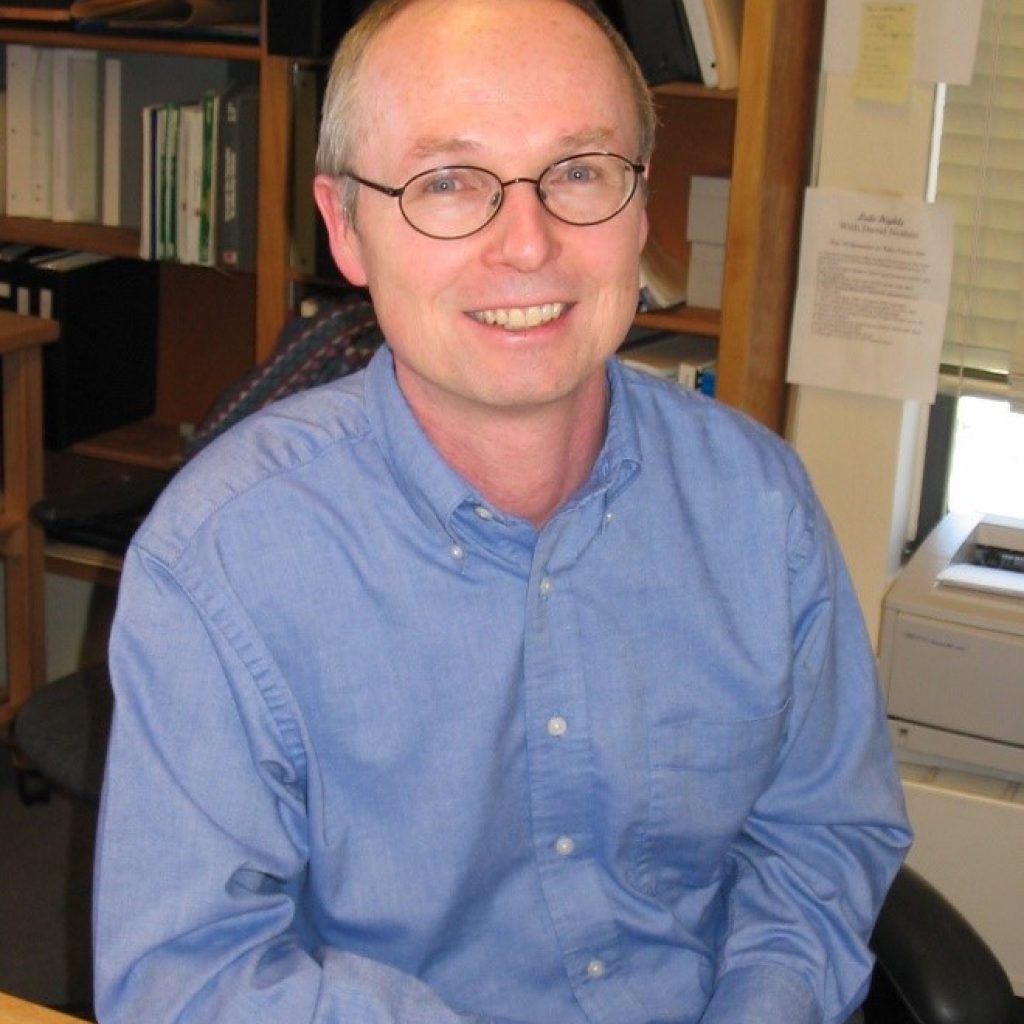
4/20/23 at 4:00pm in Chemistry A101
About the Seminar The ability to “see” single biomolecules with laser microscopy has led to a revolution in research opportunities for chemistry, physics and molecular biology. This talk will present a few short stories with the common theme of how we can use optical microscopy and single photon counting laser fluorescence methods to probe/measure the […]
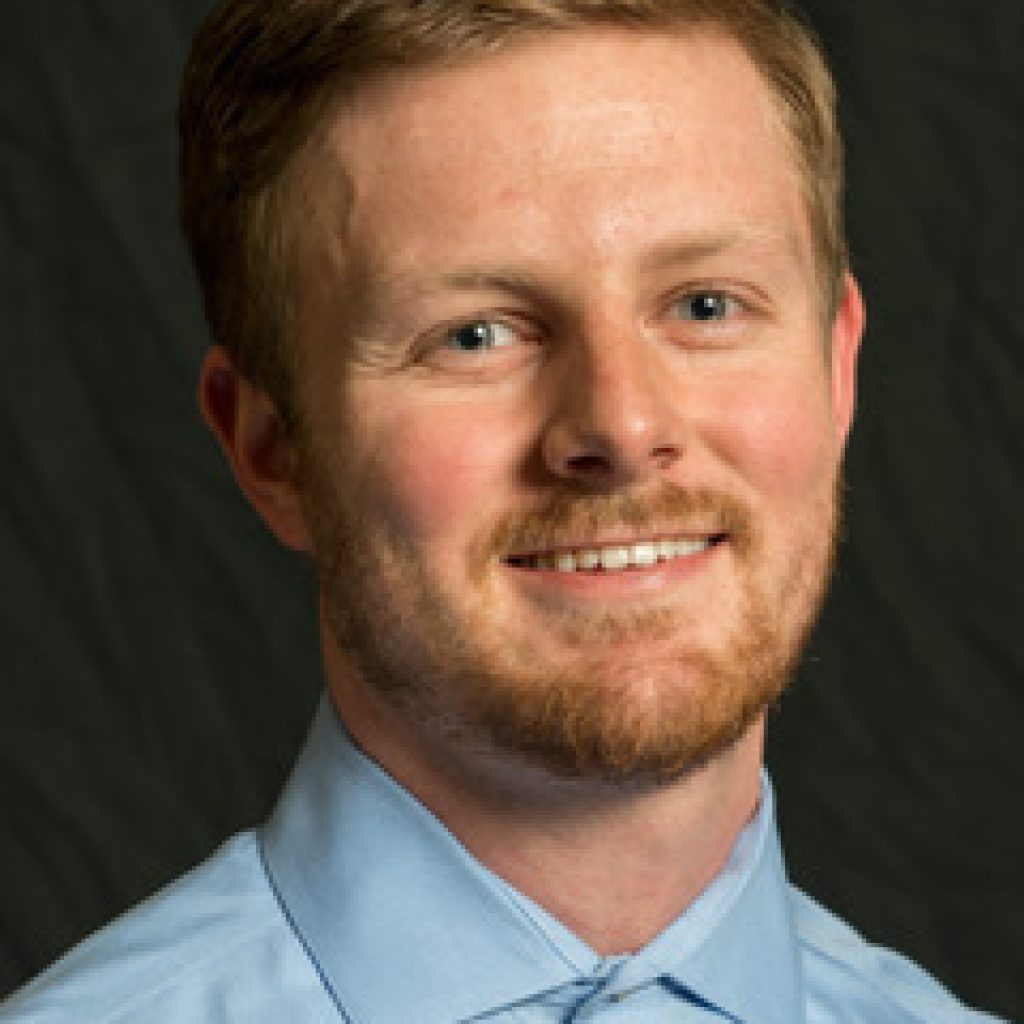
3/23/23 at 4:00pm in Chemistry A101
About the Seminar The outcomes of chemical reactions – yield, selectivity, and rate – are influenced by the shape and size of the molecules involved. To make reactions more efficient, greener, and faster, chemists often turn to catalysis. Catalysts are species that recognize and bind to reactants, and while their discovery is traditionally the result […]
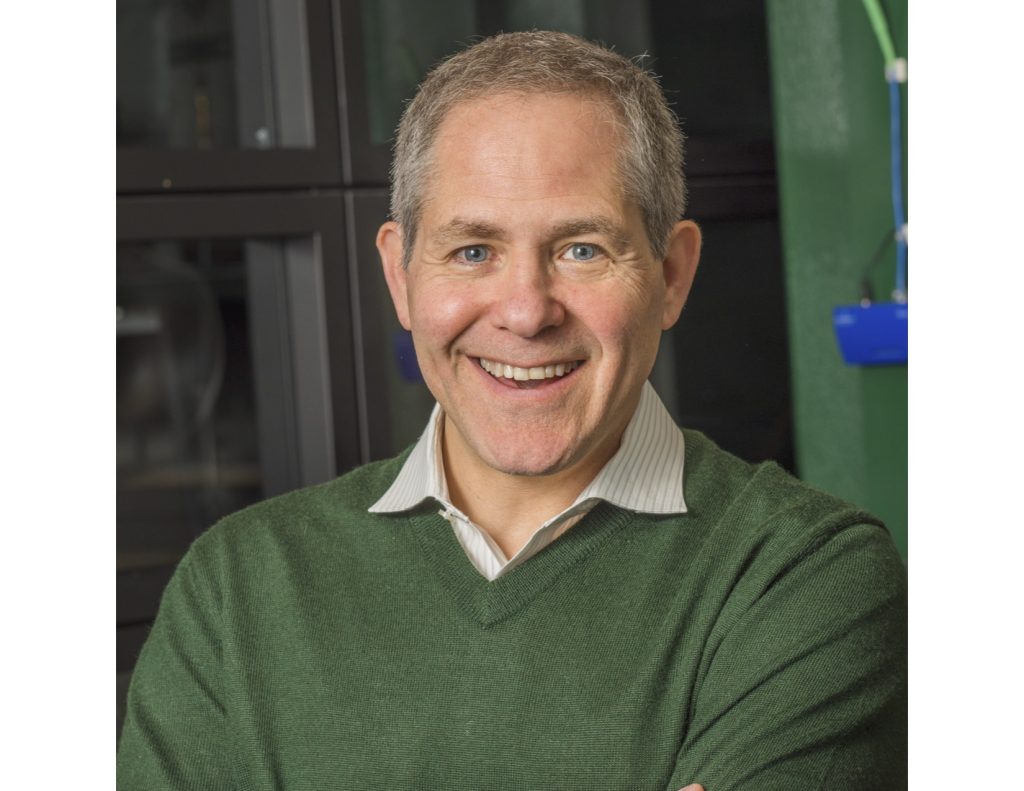
3/7/23 at 4:00pm in Chemistry A101
About the Seminar Chemists have always known that chemical reactions involve bond formation and bond breaking events. Femtosecond time-resolved measurements have provided the timescales of fundamental bond breaking and bond forming processes; been used to confirm reaction mechanisms in a wide range of systems (organic, inorganic, biological, atmospheric, etc.); and been instrumental to test electronic […]
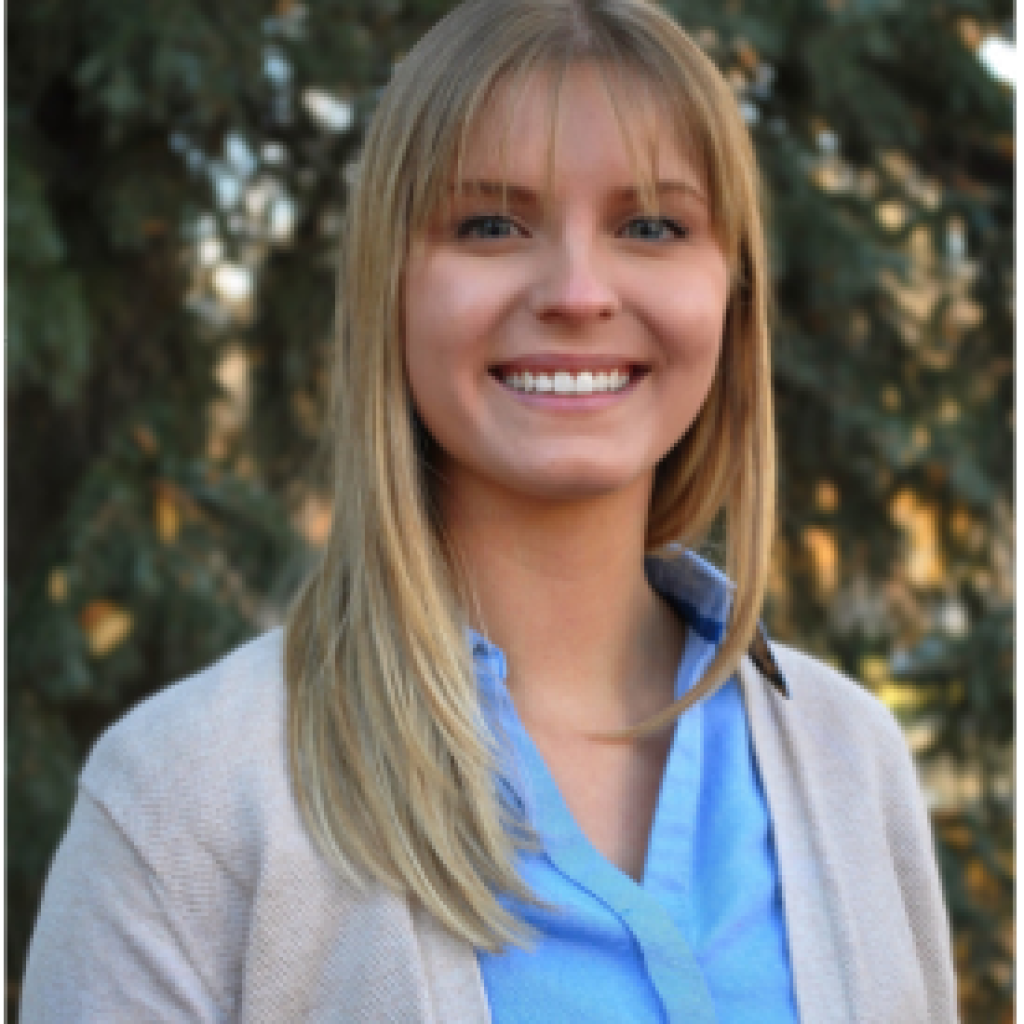
3/2/23 at 4:00pm in Chemistry A101
About the Seminar The conformational landscape of biological processes such as protein folding, and allosteric regulation is essential for understanding their underlying mechanisms. However, its complexity poses a challenge to theoretical modeling. In this talk, I will discuss structural clustering of molecular dynamics (MD) simulation data and present a new algorithm based on particle positions […]

2/23/23 at in
***SEMINAR POSTPONED*** About the Seminar I will describe my group’s use of quantum-chemical calculations and machine learning to decode key physical principles for organometallic catalyst design and analysis of nonstatistical reaction dynamics. For catalyst design, I will discuss our efforts to design Cr-based ethylene trimerization and tetramerization catalysts that have been experimentally realized (Chem. […]
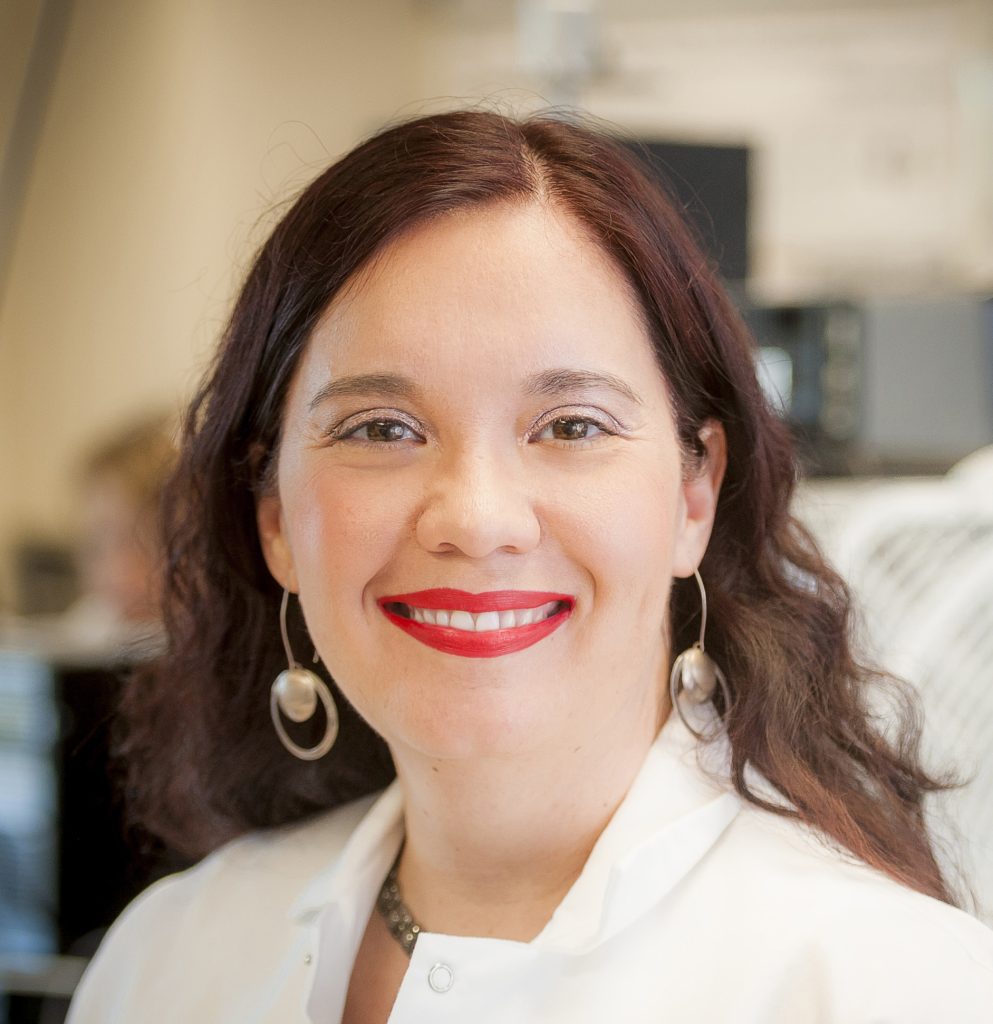
2/9/23 at 4:00pm in Chemistry A101
About the Seminar The idea of living on Mars or the Moon has been a staple of science fiction since the 19th century. However, if this sci-fi dream were to ever become reality, what would it be like to live there? Conditions make living on Mars extremely challenging. In particular, materials needed for such extreme […]
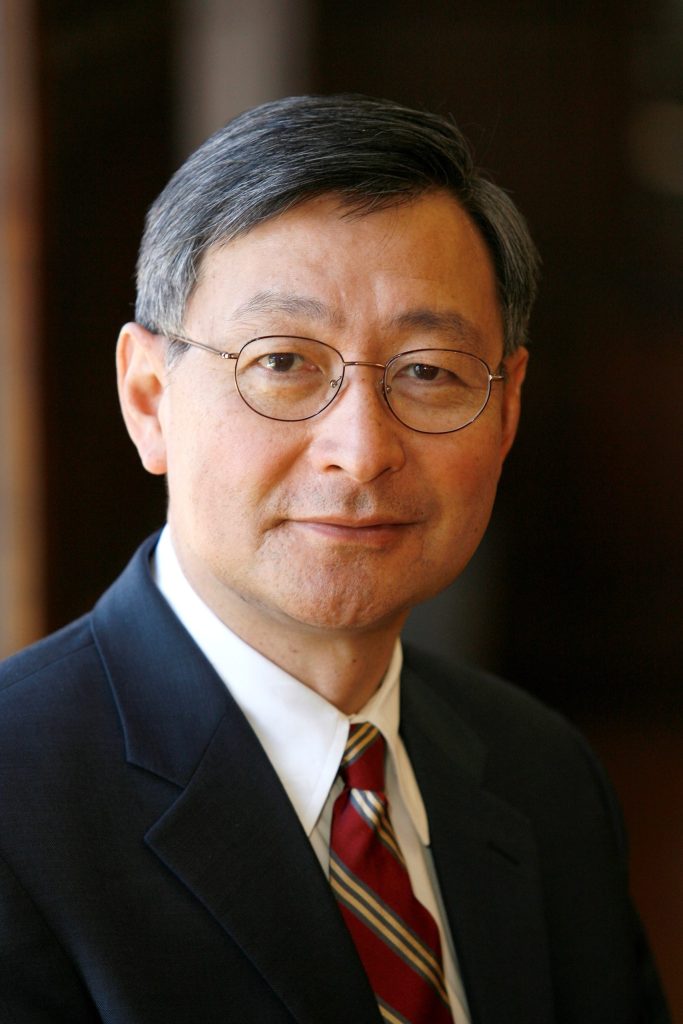
11/17/22 at 4:00pm in Chemistry A101
About the Seminar Nonlinear light scattering in the form of Second Harmonic Generation, due to its symmetry properties, has been proven effective for observing molecular adsorption and transport at the surfaces of colloidal objects, including living biological cells. This method affords membrane specificity, real time resolution, and the ability to image single cells in examining […]

11/10/22 at 4:00 pm in Chemistry A101
About the Seminar Despite advances in software algorithms and computer hardware, the simulation of long timescale processes involving biological macromolecules remains prohibitively computationally expensive. Thus, there is a pressing need for novel computational techniques capable of resolving this issue. Harnessing recent advances in neural network-based machine learning algorithms, Noé and coworkers propose an improvement to […]

11/10/22 at 4:00pm in Chemistry A101
About the Seminar Conical intersections are seams between two potential energy surfaces, at which the degeneracy allows for ultrafast decay to a lower energy state. This connection between potential energy surfaces is present in many photochemical reactions, such as the photoisomerization of rhodopsin that is responsible for the initiation of the visual signaling process.1 Because […]
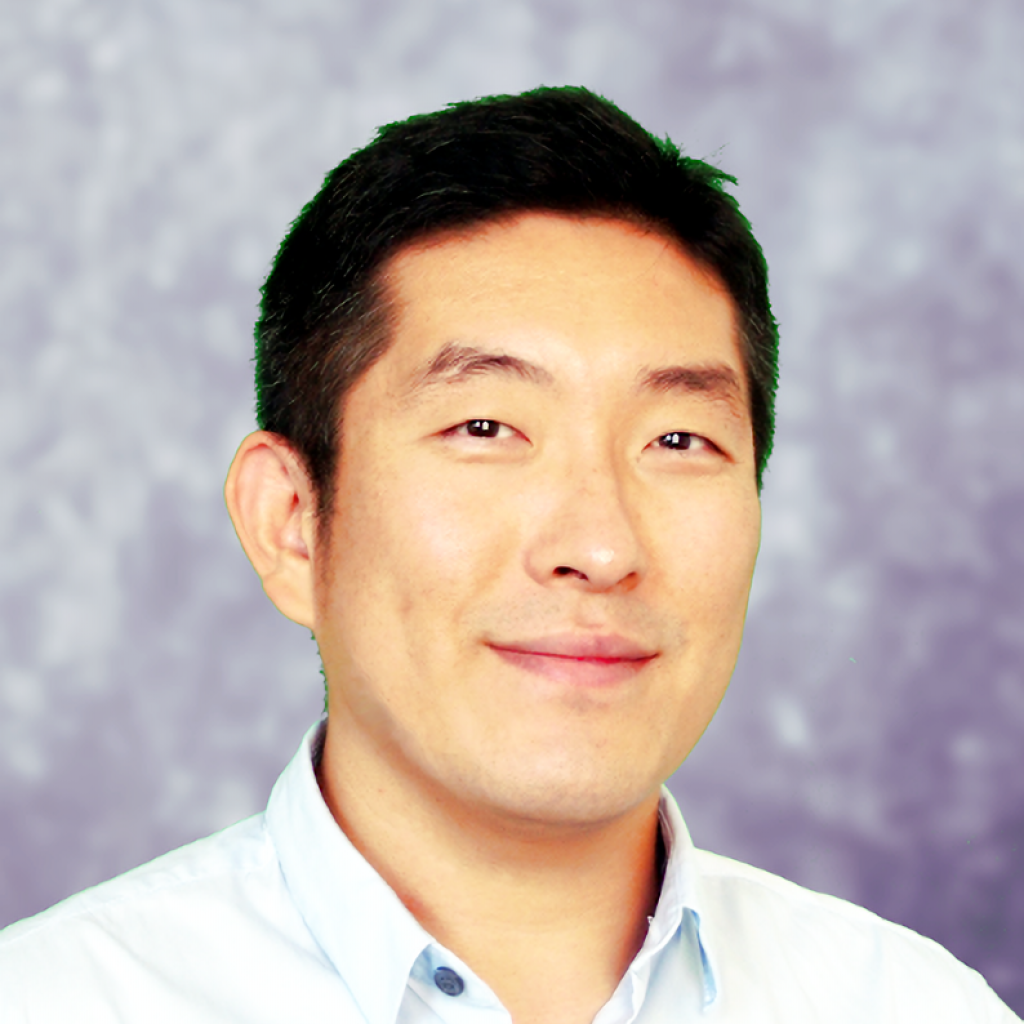
10/27/22 at 4:00pm in Chemistry A101
About the Seminar We develop the POKY suite which is the revolutionized platform with boundless possibilities for advancing research and technology development in biomolecular studies. The “POKY” is the core of the Integrative NMR platform providing a fully integrated professional-grade cyberinfrastructure. The next level automation and visualization maximizing the quality of user experience and productivity […]

10/20/22 at 4:00pm in Chemistry A101
Aerosol-OT (AOT) reverse micelles are a well-known, self-assembled model system for studying water in nanoconfinement. Although all-atom molecular dynamics (MD) simulations universally find AOT reverse micelles to be non-spherical, most theories about the reverse micelles still assume a spherical shape for simplicity, such as the core/shell hypothesis. This simplification ignores any interactions between the shape […]
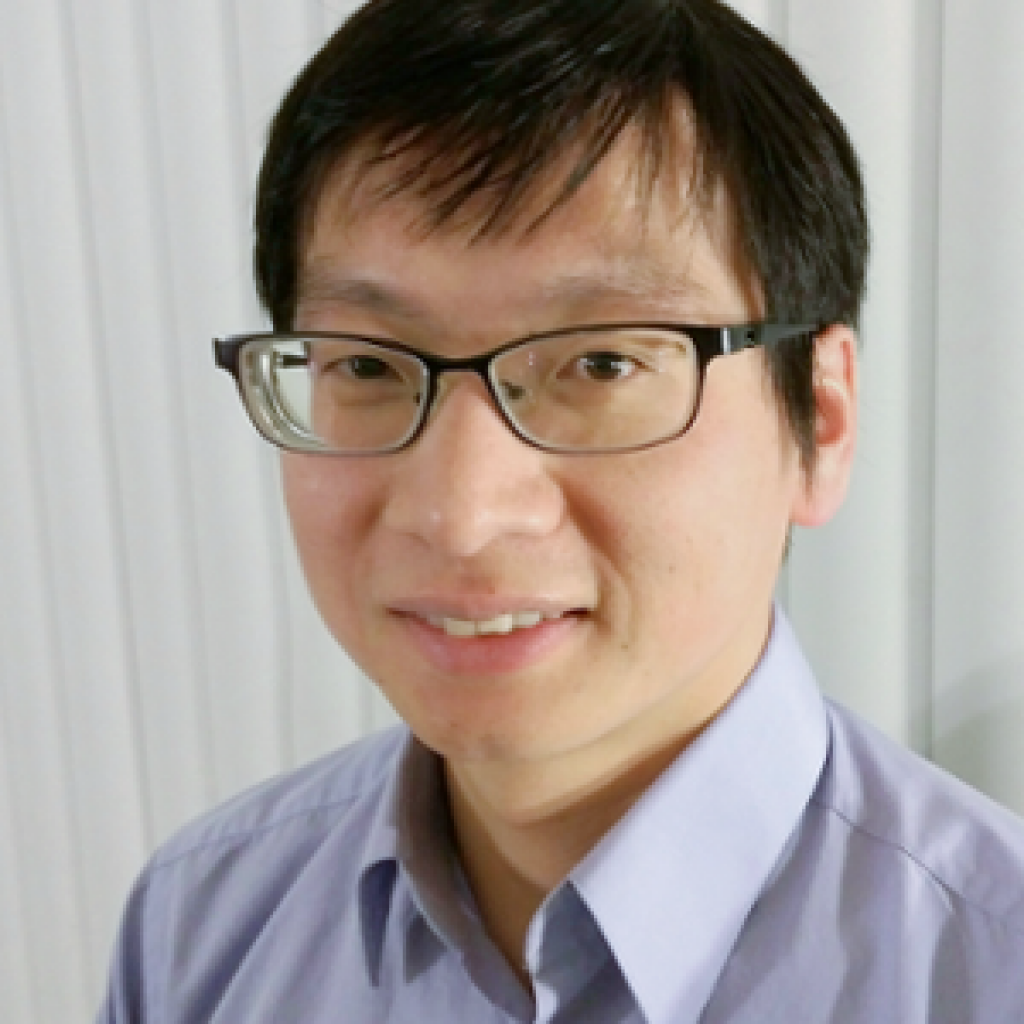
4/14/22 at 4:00 pm in Chemistry A101
About the Seminar: Copper enters cells through pores formed by trimeric Human copper transporter 1 (hCTR1). Elevated Cu induces clathrin-dependent endocytosis of hCTR1 and decreases the hCTR1 surface abundance by half. However, it remains unclear how cells minimize the Cu-uptake activity of the remaining surface hCTR1. This study examined the oligomeric states of hCTR1 complexes […]
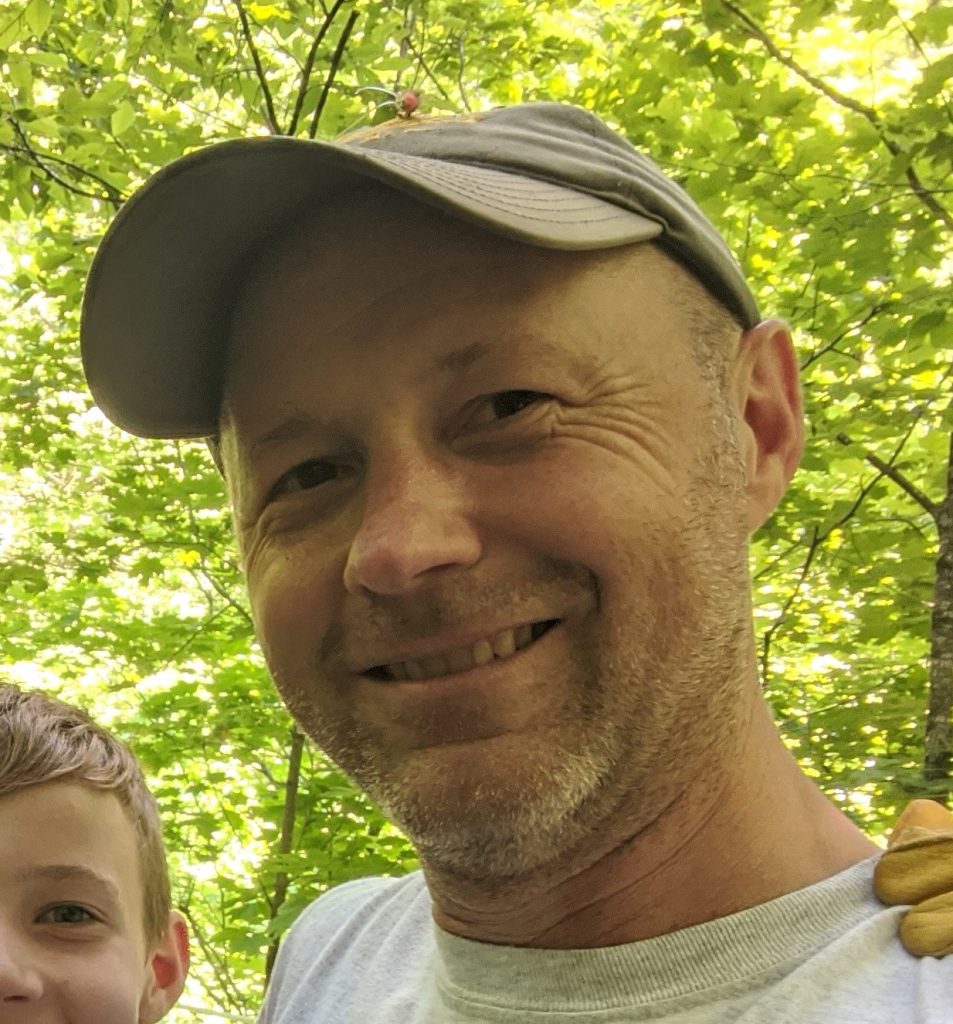
2/24/22 at 4:00 pm in Chemistry, A101
Abstract: I will present results in which we have placed semiconducting carbon nanotube thin films in between two highly reflective mirrors to create excitonic polaritons. The intensity of light inside cavities like these are so strong that the excitons on different nanotubes become coupled to one another, creating spatially delocalized wavefunctions. We have created a […]
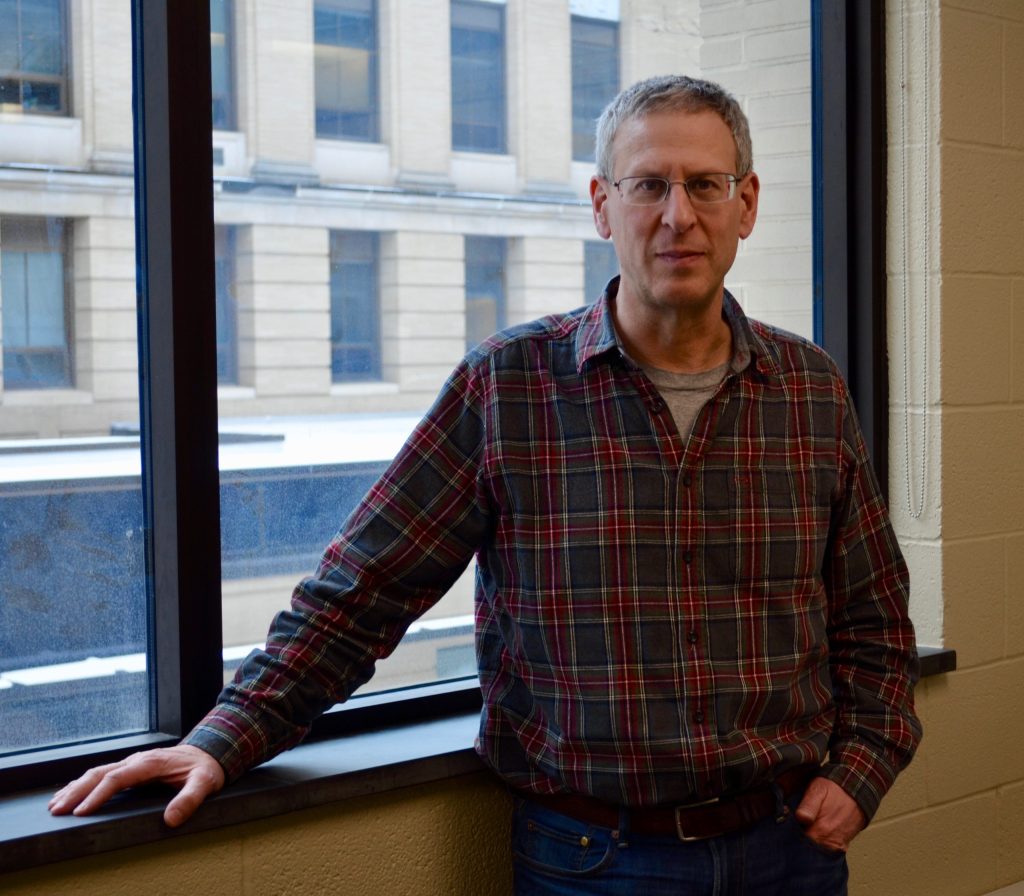
2/3/22 at 4:00 PM in Chemistry A101
About the Seminar: Paul S. Cremer, Department of Chemistry, Penn State University, University Park PA 16802 Phosphatidylinositol 4,5-bisphosphate, PI(4,5)P2 is one of the most negatively charged lipids in the plasma membrane of living cells with a net charge ranging from -3 to -5 near physiological pH. Its pendant phosphate groups bind tightly to divalent […]
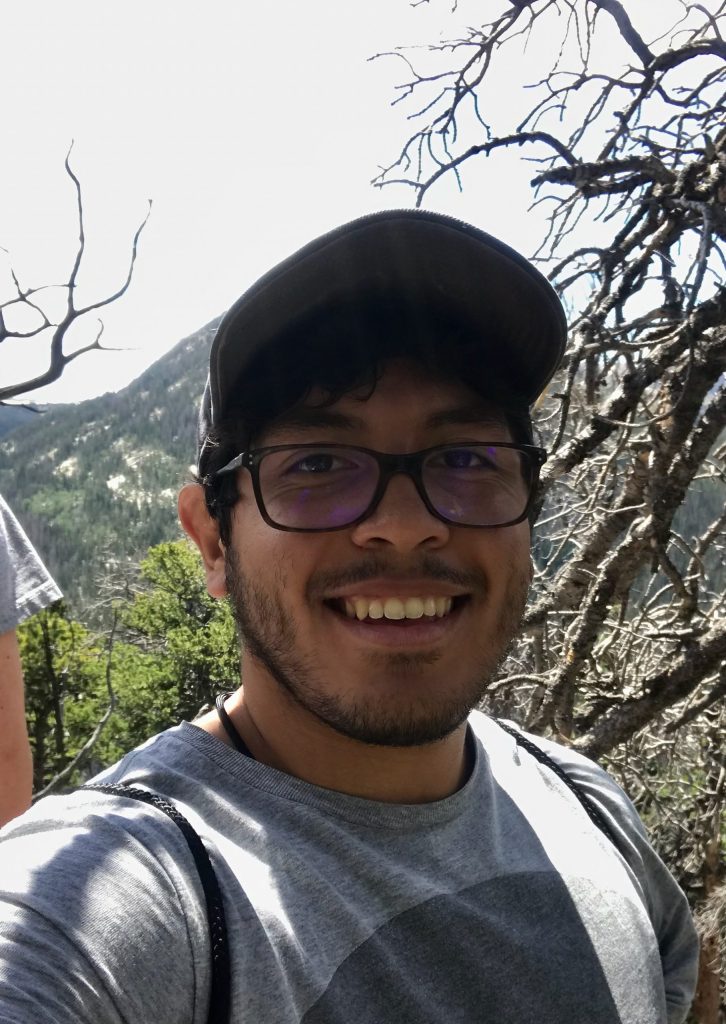
11/11/21 at 4:00 PM in Chemistry A101
Literature Seminar: The discovery of new chemical reactions and the optimization of conditions, reagents, solvents, and catalysts are long-standing challenges for synthetic chemistry. From a different, more playful perspective, reaction optimization can be perceived as a game where the chemist tries to find the best combination of reagents and reaction conditions to achieve the highest […]

11/11/21 at 4:00 PM in Chemistry A101
Literature Seminar: Photon upconversion is a process that converts low energy light into higher energy light. This process has the potential to dramatically improve the interaction of light and biological tissue through the local generation of visible light, which can allow for deep tissue bioimaging. However, frequently utilized photon upconversion systems historically incorporate toxic materials, […]
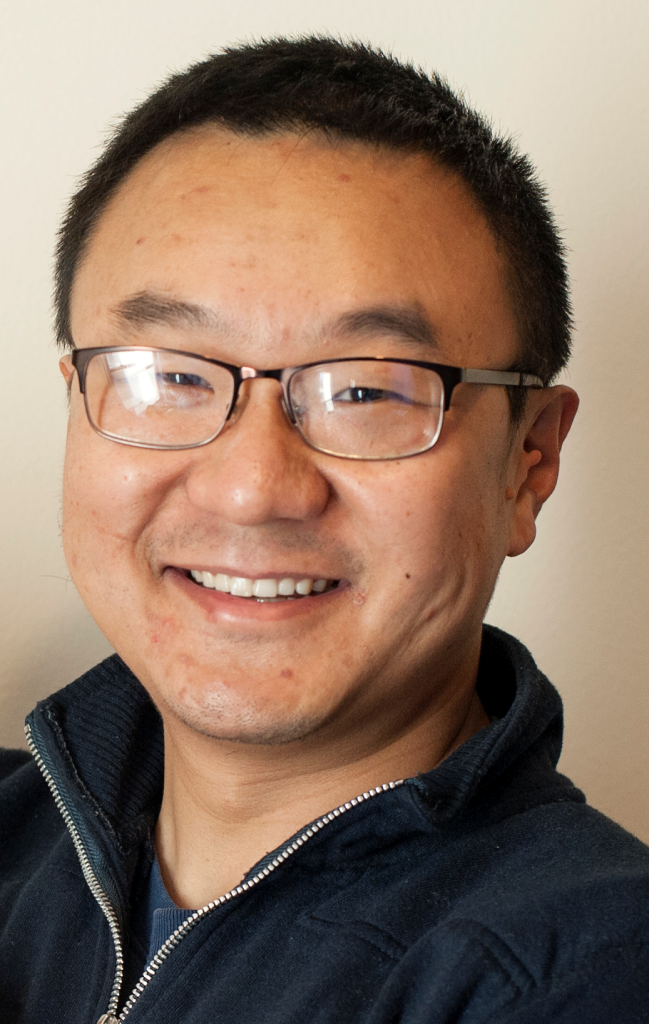
11/4/21 at 4:00 pm in Virtual
About the Seminar: The SARS-CoV-2 genome is replicated and transcribed by its RNA-dependent RNA polymerase, nsp12, along with several accessary cofactors, together known as the replication–transcription complex. Helicase nsp13 is one of the cofactors that is essential for viral replication. Structural analyses of the SARS-CoV-2 replication–transcription complex revealed that nsp12 stably binds to two copies […]
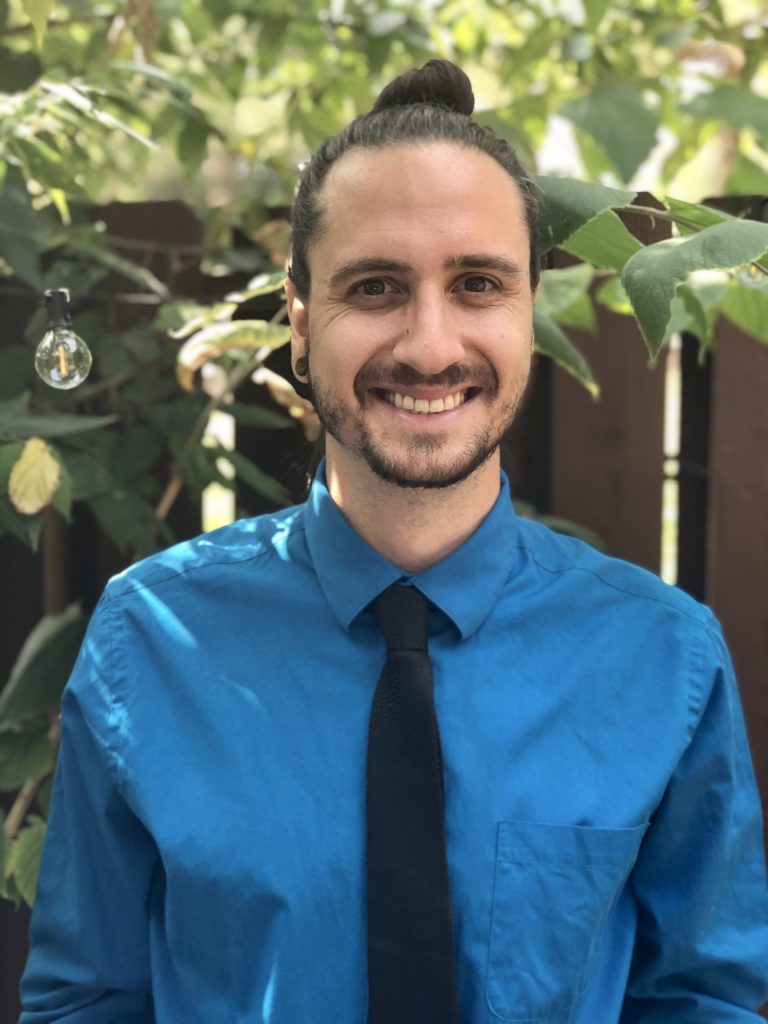
10/21/21 at 4:00 PM in Chemistry A101
Research Seminar: N3-dye is a popular chromophore in the family of Ru(bpy) transition-metal photocatalysts and is often used in the fabrication of dye-sensitized solar cell (DSSC) photovoltaic devices. The interfacial structure and adsorption geometry of N3-dye affects the electron transfer kinetics within a DSSC device, which can influence the overall device efficiency. Heterodyne detected vibrational […]
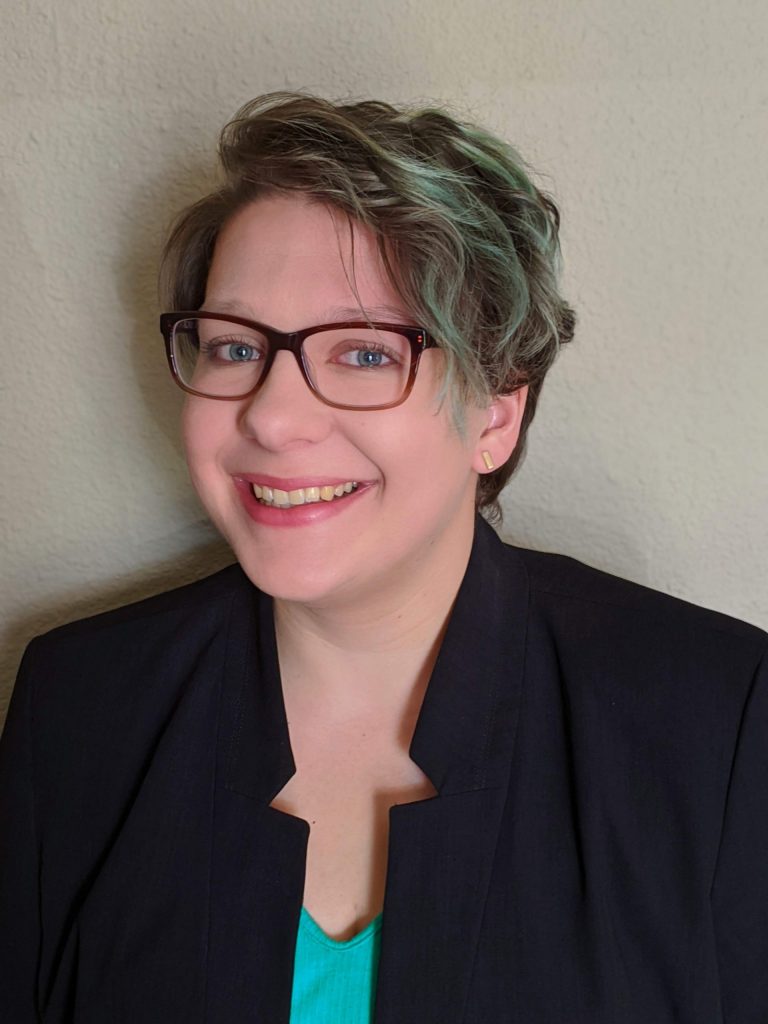
9/30/21 at 4:00 pm in Chemistry A101
Research seminar – A need for effective energy storage drives research into improving and understanding current battery technologies. In lithium or sodium ion batteries, a solid electrolyte interphase (SEI) is formed when electrolyte components are reduced. The SEI formed will impact battery lifetime and efficiency. Characterizing the structure and dynamics of the electrolyte solutions before […]
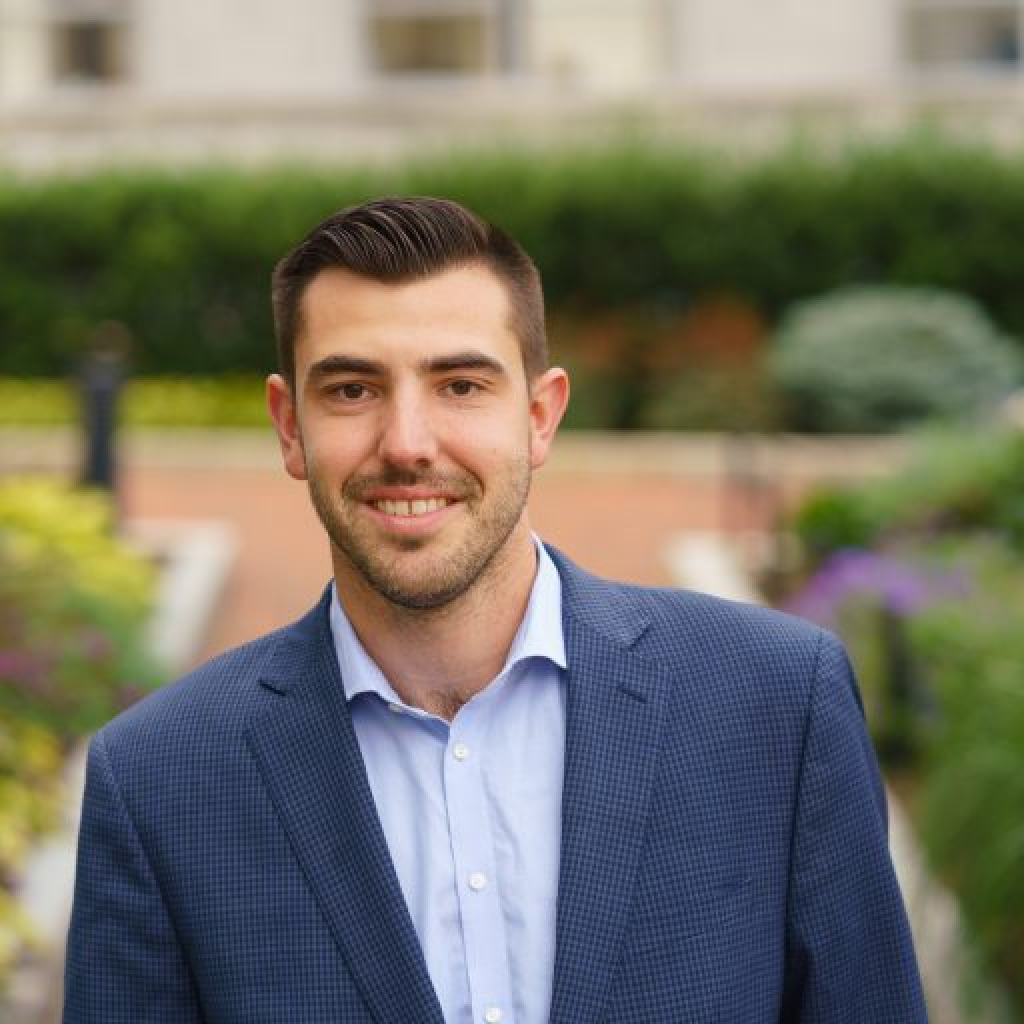
9/2/21 at 4:00 pm in Chemistry A101
About the Seminar Photochemical reactions are increasingly important for the construction of value-added, strained organic architectures. Direct excitation and photoredox reactions typically require mild conditions and permit access highly strained molecules and new synthetic methodologies. The a priori design of photochemical reactions is challenging because degenerate excited states often result in competing reaction mechanisms to undesired products. Further, […]
3/25/21 at 4:00pm in Virtual Seminar
About the Seminar: Nuclear magnetic resonance (NMR) and magnetic resonance imaging (MRI) are the key spectroscopic and medical imaging technology in both science and industry. However, high cost and effort for installation and maintenance of superconducting magnets and cryogenic conditions are major obstacles in taking full advantage of NMR and MRI. One way to overcome […]

3/11/21 at 4:00 pm in Virtual Seminar
Research seminar: Super-resolution microscopy circumvents the diffraction limit of light so that emitters separated by ~5 nm can be resolved. While electron microscopy achieves better resolution, light microscopy records the fluorescence dynamics of the system, which are often indicative of underlying processes such as charge and energy transfer. However, most super-resolution images are acquired on […]
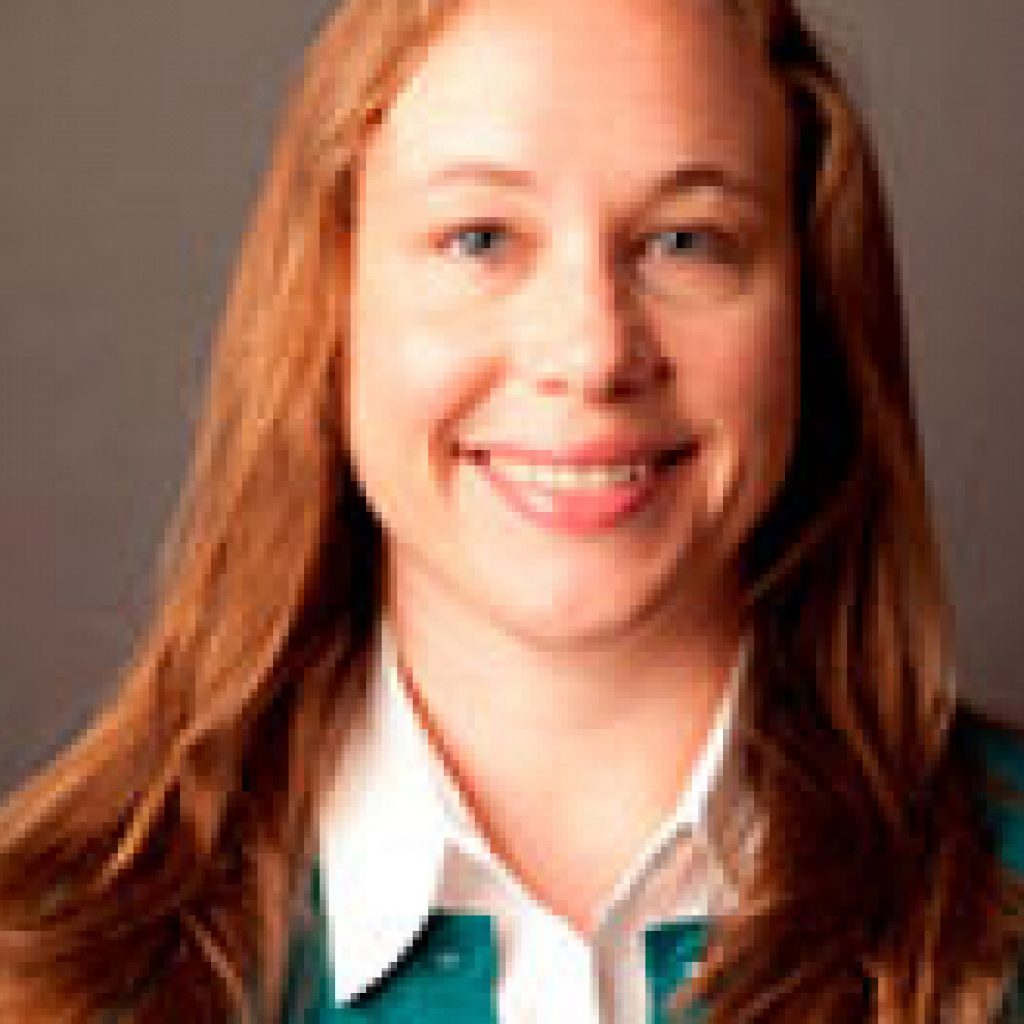
10/29/20 at 4:00 PM in Virtual Seminar
Lipid bilayer membranes are complex, dynamic, and functional structures composed of a wide diversity of lipids, proteins, small molecules, and water organized in heterogeneous domains through noncovalent interactions. The structure and motion of these molecules generate large electric fields within the interior of the membrane that are critical to membrane structure and function. Here, we […]
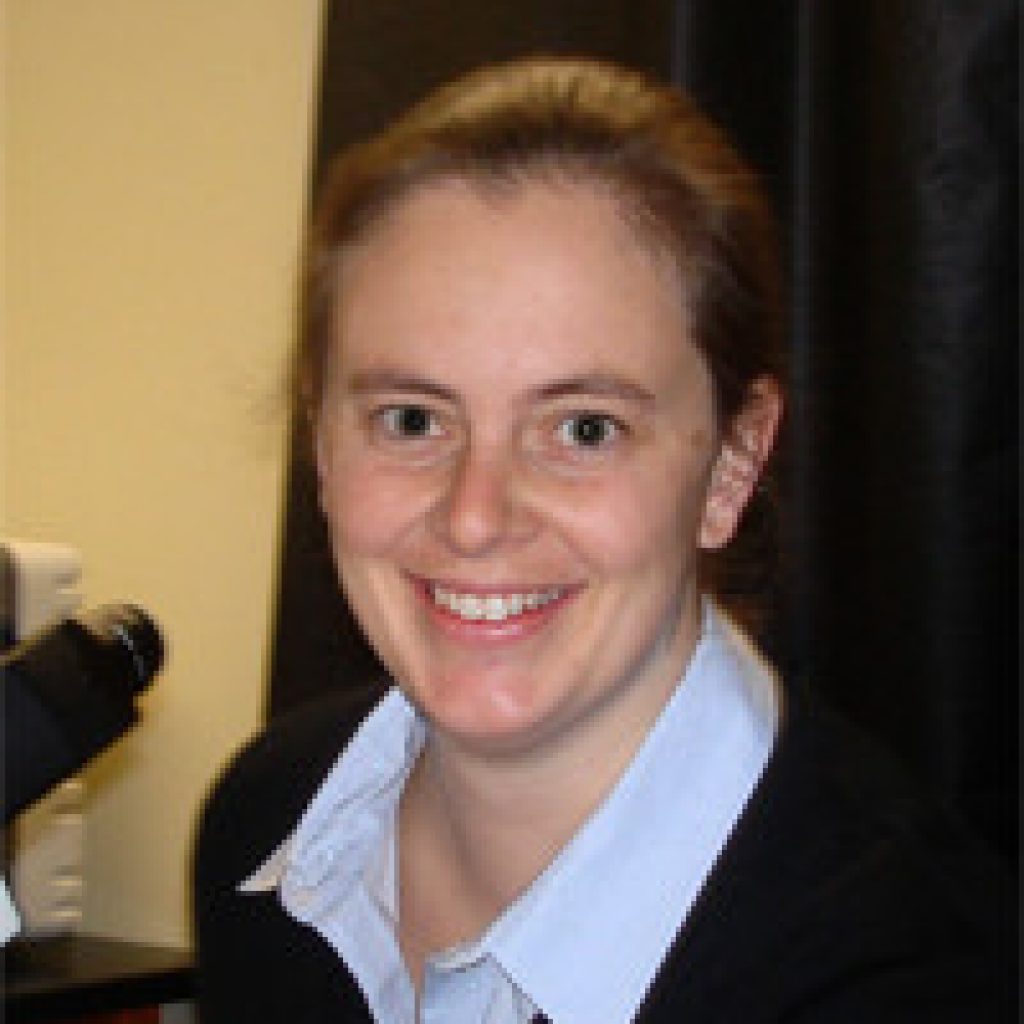
9/24/20 at 4:00 PM in Virtual Seminar
Plasmonic materials are highly promising photoredox catalysts for driving energetically unfavorable chemical reactions with light, due to their large optical cross sections and ability to generate a number of hot holes and electrons. However, the efficiencies of most plasmon-driven processes are quite low, likely due to the lack of mechanistic understanding of the underlying physical […]
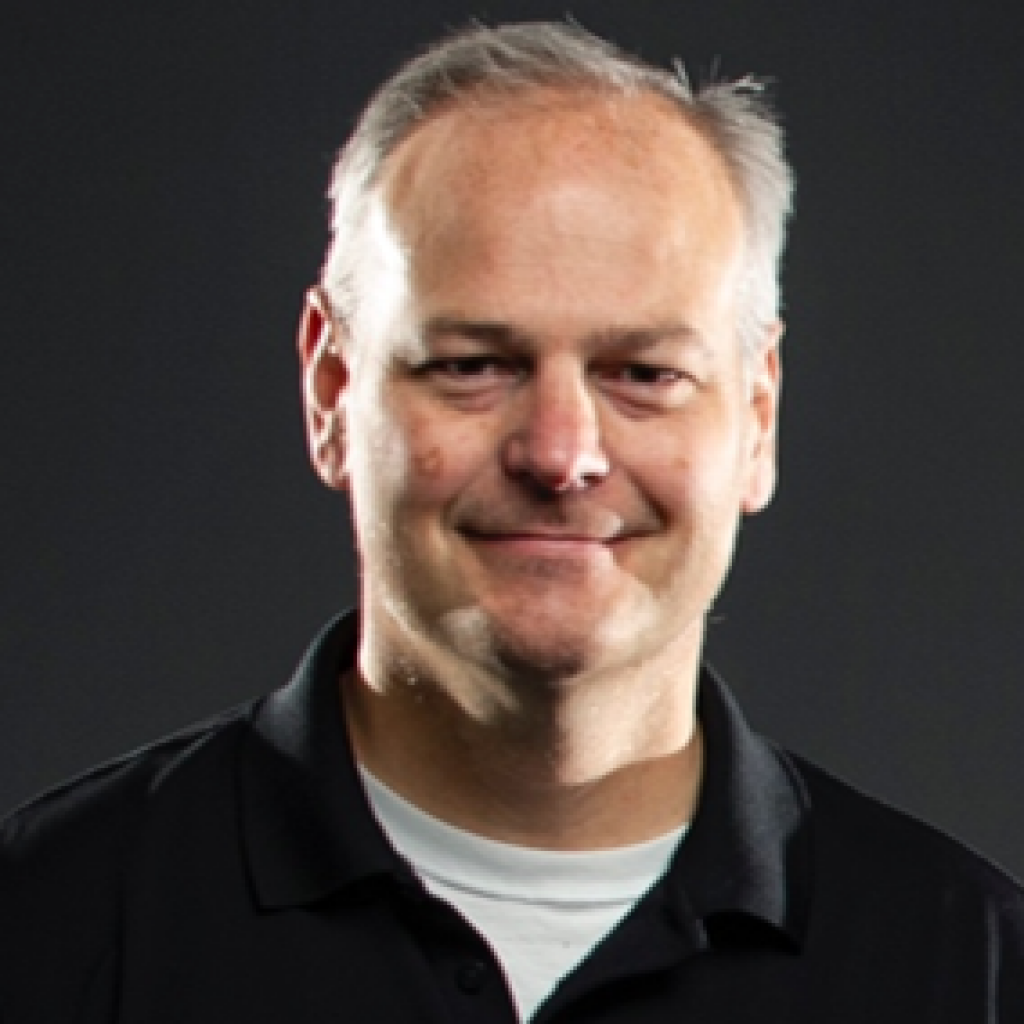
3/5/20 at 4:00 pm in Chemistry A101
About the Seminar: Hybrid organic/inorganic semiconductors (HOIS) offer tremendous opportunities to control fundamental properties that underpin energy technologies. While currently there are enormous worldwide efforts exploring, exploiting and improving a narrow class of HOIS (lead-halide perovskites, such as methylammonium lead iodide (MAPbI3)), primarily for photovoltaic (PV) applications, an opportunity exists to transcend this initial focus […]

3/4/20 at 4:00 pm in Chemistry A101
About the Seminar: Gels are perhaps the most misunderstood of everyday materials. We begin by providing robust thermodynamic definitions of particulate gels [1], a journey which blends phase separation with one of the great materials science challenges of our time: the glass transition [2-3]. We have made significant steps in addressing the glass transition, and […]
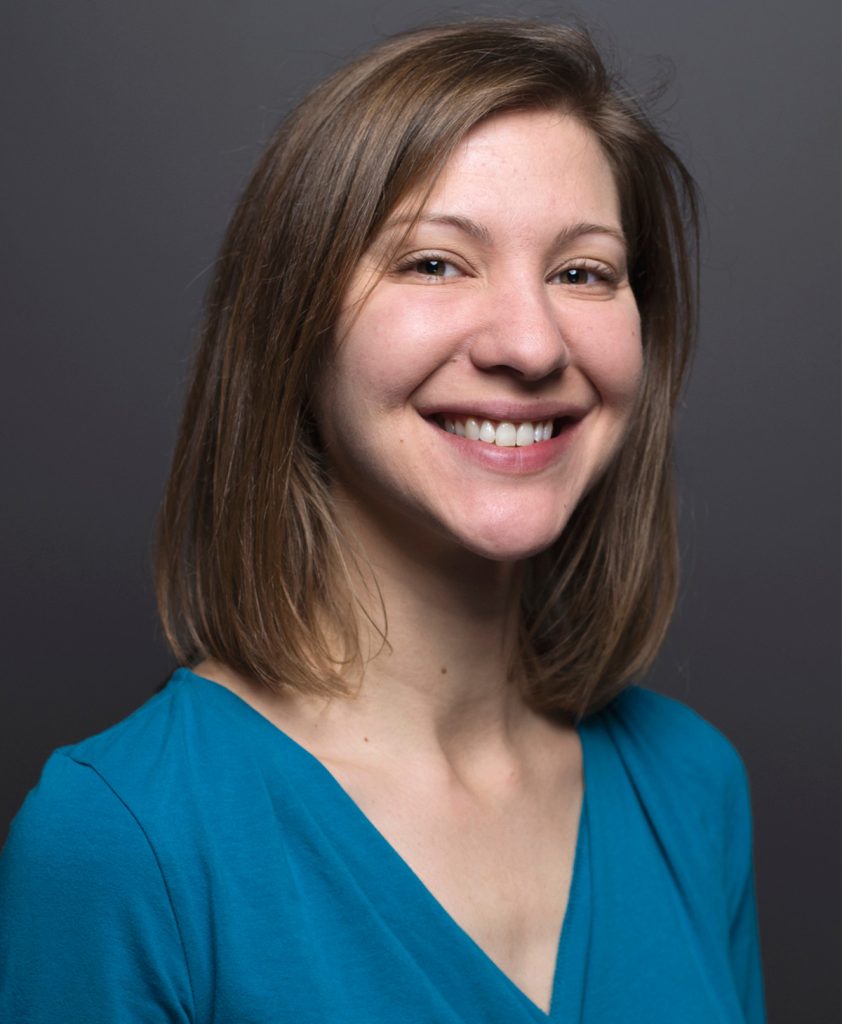
2/20/20 at 4:00 PM in Chemistry A101
About the Seminar: Characterization of protein molecular recognition is challenged by both the spatial heterogeneity of proteins and the rapid interconversion of potentially important conformational states. Our group takes advantage of the potential for high temporal and spatial resolution provided by linear and two-dimensional infrared spectroscopy in combination with the spectral selectivity afforded by site-specific […]

2/13/20 at 4:00 pm in Chemistry A101
About the Seminar: The mental discipline required for a career in Chemistry bridges disparate disciplines and is applicable to whatever endeavor one wishes to pursue. A Chemist’s understanding of fundamental principles of natural science as well as foundational underpinnings of dynamic systems augment perfectly the creativity required to solve myriad challenges present in the workplace, […]

12/3/20 at 4:30 PM in Virtual Seminar
Literature Seminar Dysregulation of cerebral blood flow is related to several diseases in humans, including Alzheimer’s disease, Amyotrophic lateral sclerosis (ALS), and Parkinson’s disease. Fluorescence correlation spectroscopy (FCS), a technique commonly used to measure diffusion of fluorescent molecules in solution, is able to measure flow velocity of blood in mouse brain vessels. Fluorescent nanoparticles were […]

12/3/20 at 4:00 PM in Virtual Seminar
Literature Seminar Tungsten trioxide has garnered interest for applications in energy efficient materials. Reversible electrochromism resulting in optical modulation makes tungsten trioxide a prime candidate for smart windows and digital displays. Optical modulation in transition metal oxides (TMOs) is often attributed to cation insertion; however, the physical mechanism responsible for these optical changes has not […]

11/12/20 at 4:00 PM in Virtual Seminar
Literature Seminar Perovskite thin films hold remarkable promise for solar energy conversion applications due to their efficient long-range carrier transport. To maximize solar conversion efficiency, the mechanisms of carrier extraction, transport, and decay must be understood. In the presented study1, Transient Absorption Microscopy (TAM) is used to map carrier generation, diffusion, and recombination within methylammonium […]

11/12/20 at 4:30 PM in Virtual Seminar
Literature Seminar Usage of data driven approaches such as machine learning (ML) is raising due to the success they achieve in predicting outcomes in chemical problems. However, there has been constant criticism from the scientific community about what do the ML based predictive models learn from the input data. A small step into understanding the […]

11/5/20 at 4:00 PM in Virtual Seminar
Literature Seminar: Surface stability is one driving factor for choosing an electrode. This beneficial property ensures control over the electrochemical processes occurring at the surface. Platinum is a common electrode due to its surface being insensitive to adsorbate interactions. However, it has recently been shown1 that the platinum surface does restructure during oxidation/reduction cycles in […]
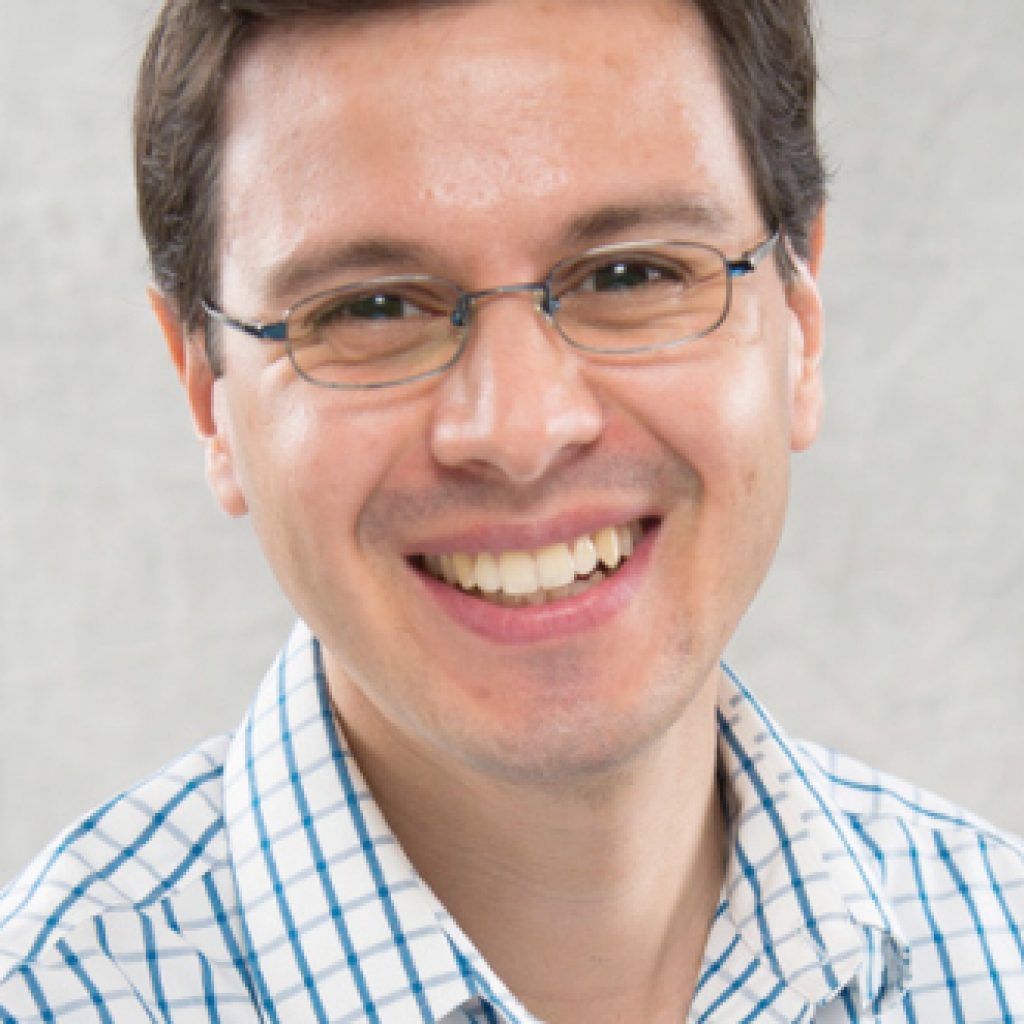
1/16/20 at 4:00 PM in Chemistry A101
About the Seminar: Lipid membranes are much more than barriers between cell compartments, they are integral components of the cell involved in key functions such as signaling, transport, and sensing. Membranes are composed of hundreds of different lipid species and contain thousands of proteins. The biological reason for this heterogeneity is not understood. We use […]

12/5/19 at 4:00 PM in Chemistry A101
Research Seminar Numerous previous studies have suggested that the universal thermal and vibrational properties of amorphous solids which are at variance with crystalline solids, e.g. low-temperature scaling of the heat capacity with temperature, stronger sound damping at low temperatures, and the temperature dependence of the thermal conductivity, are linked to the local inhomogeneous elastic response […]

11/22/19 at 4:00 PM in Chemistry A101
Literature Seminar The successful management of Diabetes Mellitus depends on the assessment of long-term blood glucose concentrations. Time dependent fluctuations of blood glucose make it an impractical clinical marker for disease management. The glycated hemoglobin, HbA1c, is the standard clinical marker for diabetes monitoring. Current methodologies for assessing HbA1c content are susceptible to interpatient variability […]

11/21/19 at 4:00 pm in Chemistry A101
Research Seminar Coumarin–peptide derivatives are ideal for the design of switchable self-assembling biomaterials with applications in nanoelectronics. We probe the role of hydrophobicity and aromaticity in the stability and pH-switchability of (RXDX)4 fibers using molecular dynamic simulations. Furthermore, we study the effect of mutating a single hydrophobic residue in the (RXDX)4 to an unnatural coumarin […]

11/15/19 at 4:00 pm in Chemistry A101
Research Seminar The self-assembly of diphenylalanine (FF) into macroscopic nanostructures has prompted a wide variety of potential applications to be proposed including use as a nanowire scaffold, as a means for drug delivery, and as an antibacterial agent. These applications, among others, are predicated on the rational modification of FF to self-assemble into an optimized […]

11/14/19 at 4:00 PM in Chemistry A101
About the Seminar: The overarching goal of our group is to develop new methods to extract sustainable fuels and chemicals from plants. Our approach has been to develop and apply computational tools to both biological and chemical conversion processes as part of an iterative ‘model-validate-predict’ design process for de novo catalysts. With its high carbon […]

11/7/19 at 4:00 pm in Chemistry A101
Literature Seminar Listeriolysin O (LLO) is a toxic protein secreted by the pathogen, Listeria monocytogenes, which has spurred several food-borne outbreaks in recent years. LLO mediates the entryway of Listeria into host tissues by assembling transmembrane pores and therefore, LLO is an important target for the development of antimicrobial defenses to combat the spread of […]

11/7/19 at 4:00 pm in Chemistry A101
Literature Seminar Computational modeling techniques, such as molecular dynamics, have provided valuable insight into chemistry over the years and continue to advance the field concurrently as these methods are developed to be more efficient and accurate. One of the greatest limitations molecular dynamics faces is computational efficiency; many interesting dynamics occur on a timescale that […]

10/31/19 at 4:00 pm in Chemistry A101
Literature Seminar Using quantum mechanical principles and aspects of statistical mechanics, we can use software packages to accurately calculate energetic and thermodynamic values on a molecular basis. With Density Functional Theory (DFT), these values are approximated from the electron density of the provided molecular system. I will discuss a paper by Andrea N. Bootsma and […]

10/31/19 at 4:00 pm in Chemistry A101
Literature Seminar Deep Eutectic Solvents (DESs) are a new and intriguing class of solvents that enable novel chemical reactions and offer green alternatives for a variety of processes. However, little is known about the complex interactions between the salts that comprise a DES. A paper by Faraone, et al, seeks to learn more about these […]
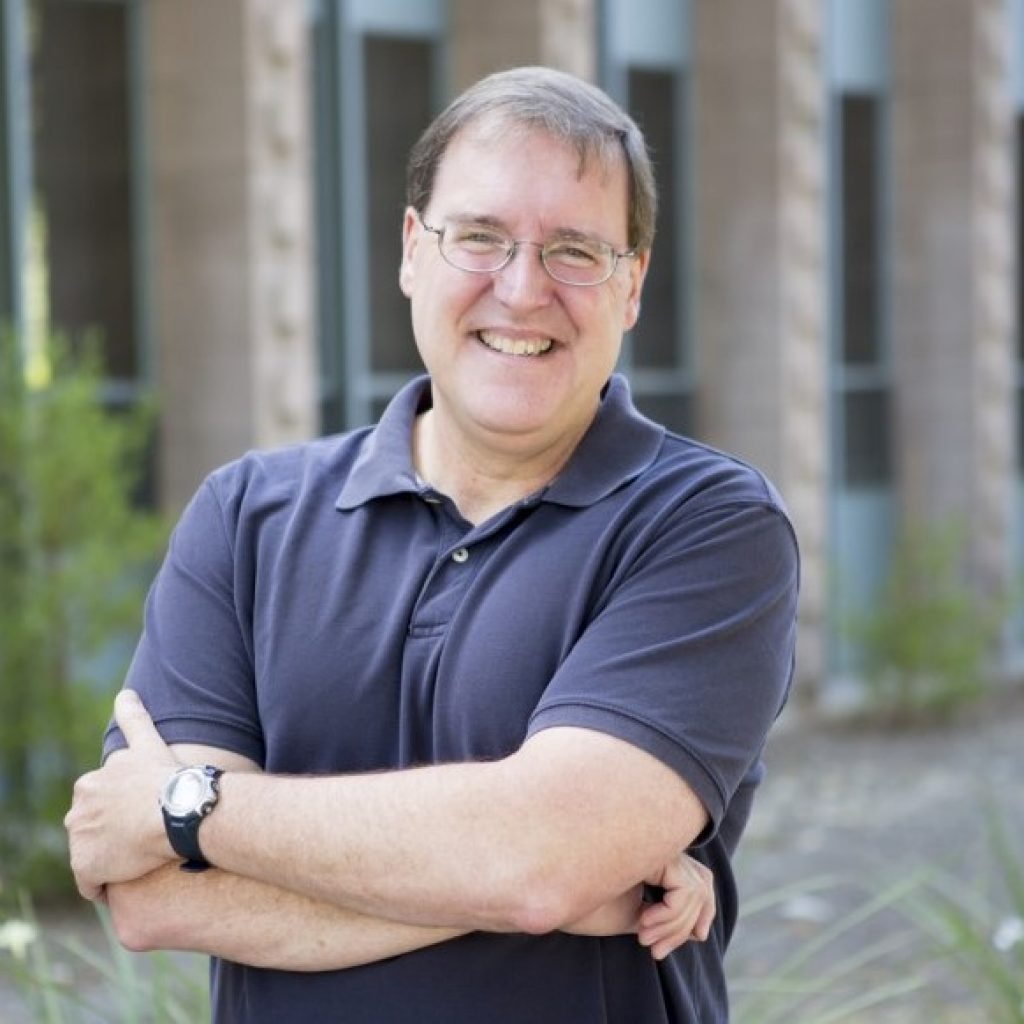
9/12/19 at 4:00 PM in Chemistry A101
About the Seminar Electron tunneling is a foundational part of biological energy transduction systems, as well as an integral feature in synthetic attempts to harness solar energy. The quest for ever-smaller computing components has focused on “molecular wires” where rapid, controllable electron transfer is of primary importance. Reliable control of electron flow requires understanding what […]
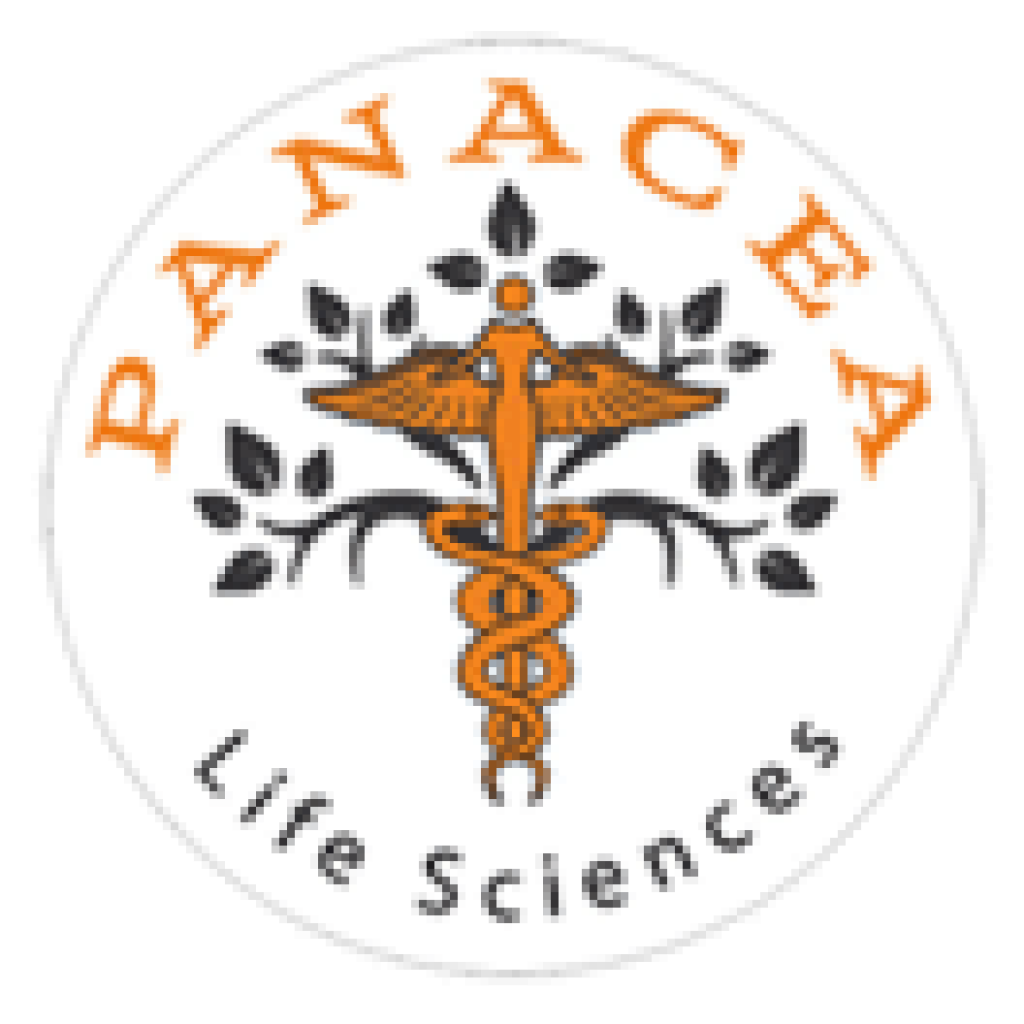

3/27/19 at 4:00 pm in Chemistry A101
Research Seminar Abstract Advancements in material science have shown improvements in fields such as microfabrication, dye-sensitized solar cells, hydrogels, and drug delivery systems. As these advances are being made the underpinning physical properties that drive the self-assembly mechanisms of these systems are not well understood. To try and understand these self-assembly processes, two-dimensional infrared (2D […]
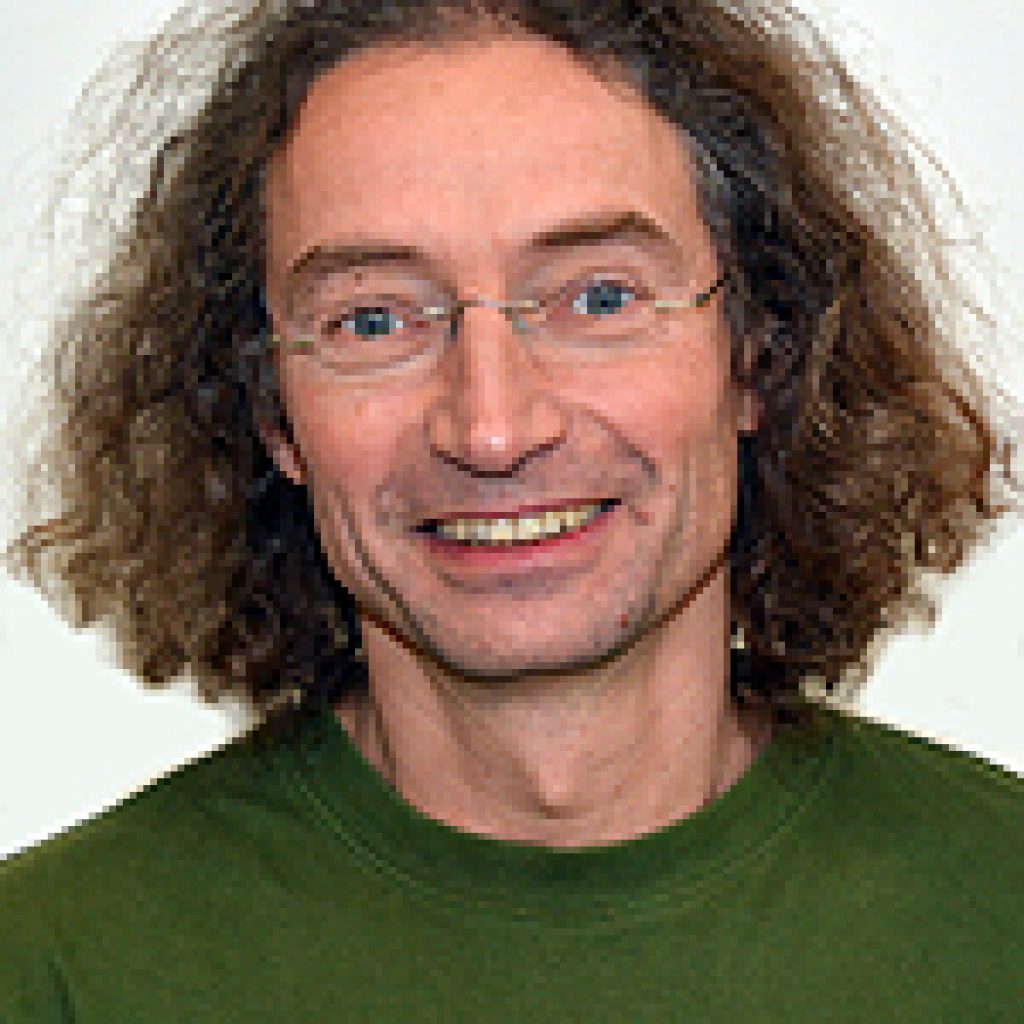
3/25/19 at 12:00 PM in Chemistry B202
About the Seminar Cell penetrating peptides have a unique potential for targeted drug delivery, therefore, mechanistic understanding of their membrane action has been sought since their discovery over 20 years ago. While ATP-driven endocytosis is known to play a major role in their internalization, there has been also ample evidence for the importance of passive […]
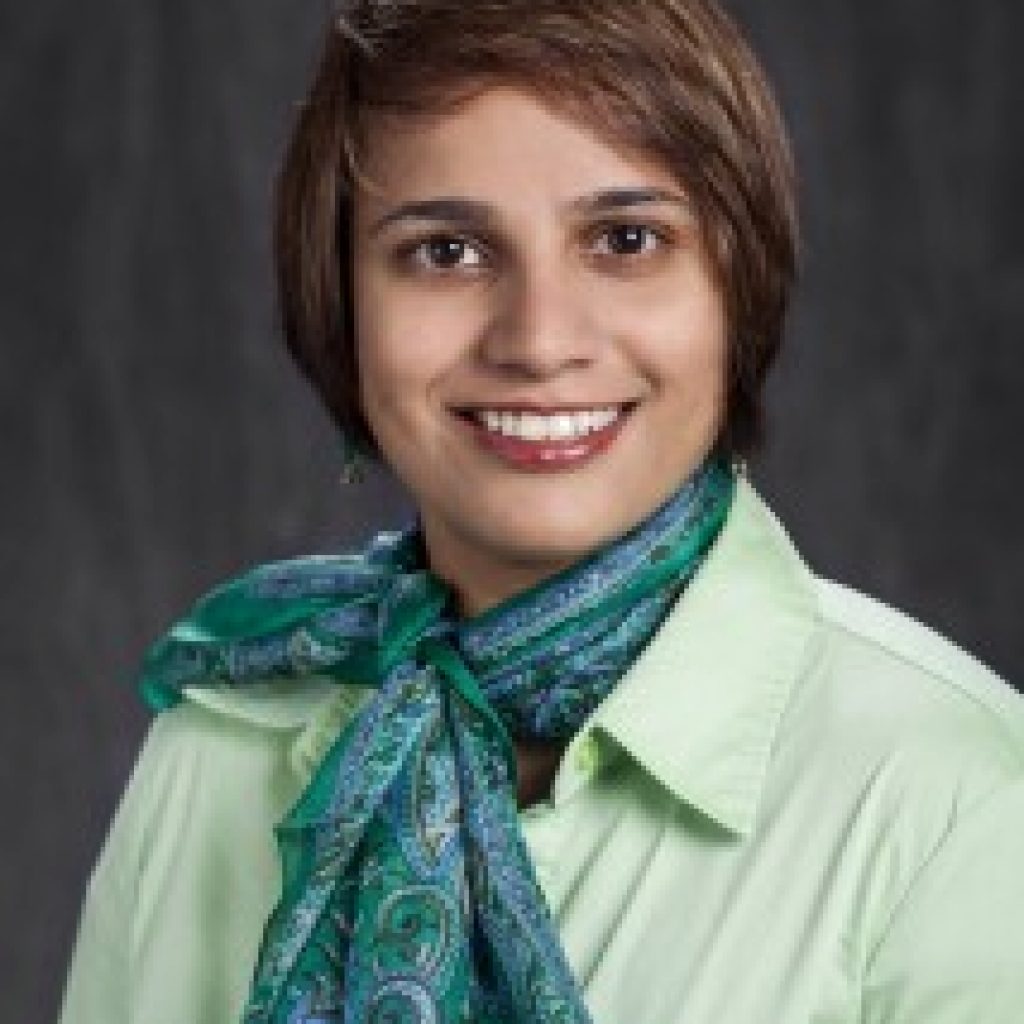
2/20/19 at 4:00 PM in Chemistry A101
About the Seminar The research focus of my group is to investigate the effect of solvation environment on charge transport, structure and dynamics of both aqueous and non-aqueous electrolytes. An important aspect of our research is understanding the effect of secondary/non-covalent interactions on the properties of electrolytes both in the bulk and at the interface […]
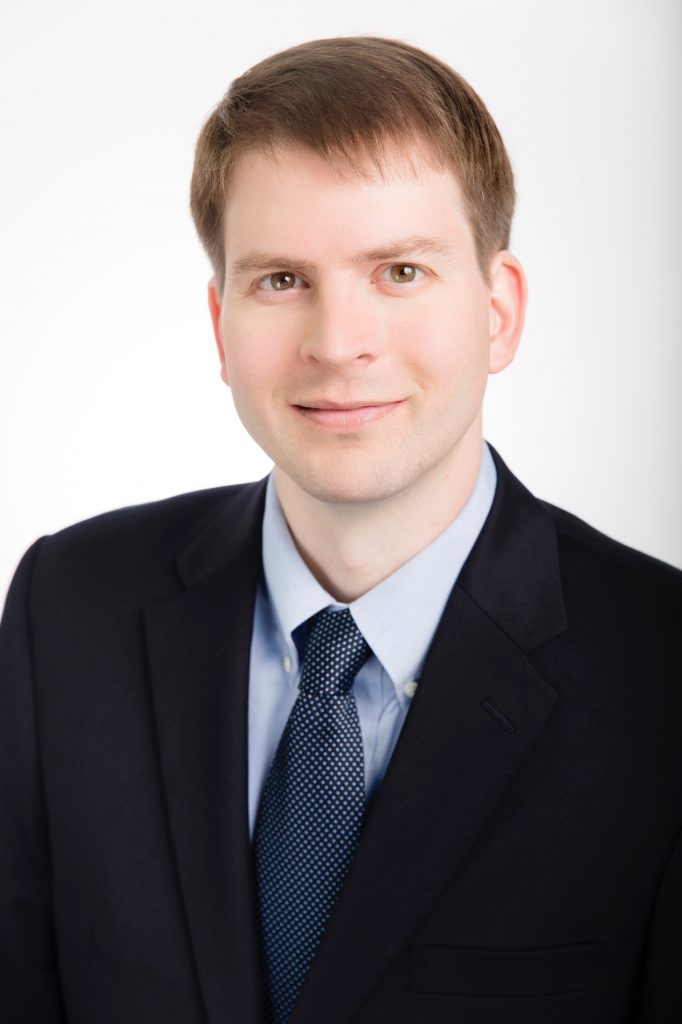
2/14/19 at 4:00 PM in Chemistry A101
About the Seminar: The Crowther Group uses micro-Raman spectroscopy to investigate the vibrational and electronic properties of a variety of nanostructures. Semiconducting nanocrystals occupy a size regime between the molecular and bulk limits. Nanocrystal vibrational structure can be described using either a molecular “bottom-up” quantum chemical approach or via a “top-down” phonon confinement model that […]

12/12/18 at 4:00 pm in Chemistry A101
Research Seminar Abstract The oil industry spends billions of dollars annually cleaning clogged pipelines. Asphaltenes are a class of macromolecules indigenous to crude oil known to be the primary cause of such clogging due to their tendency to aggregate. The majority of previous work has focused on mixture of different types of asphaltenes. Furthermore, the […]
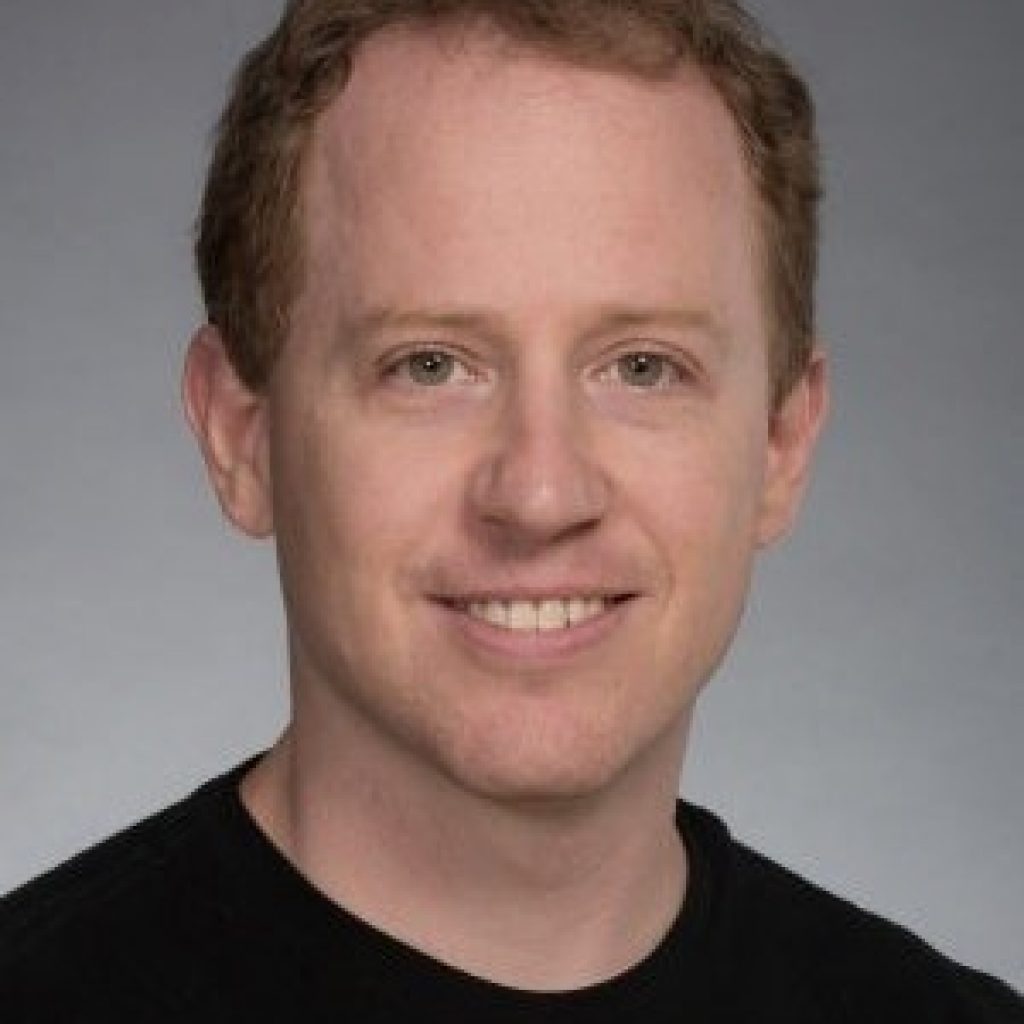
12/6/18 at 4:00 pm in Chemistry A101
About the Seminar The Vaughan group develops new chemical tools for high resolution fluorescence microscopy and uses these tools, along with established ones, to understand the organization of biological systems with rich molecular detail. On the tool development side, we are synthesizing new fluorescent probes, creating new methods for tissue expansion and clearing, and developing […]
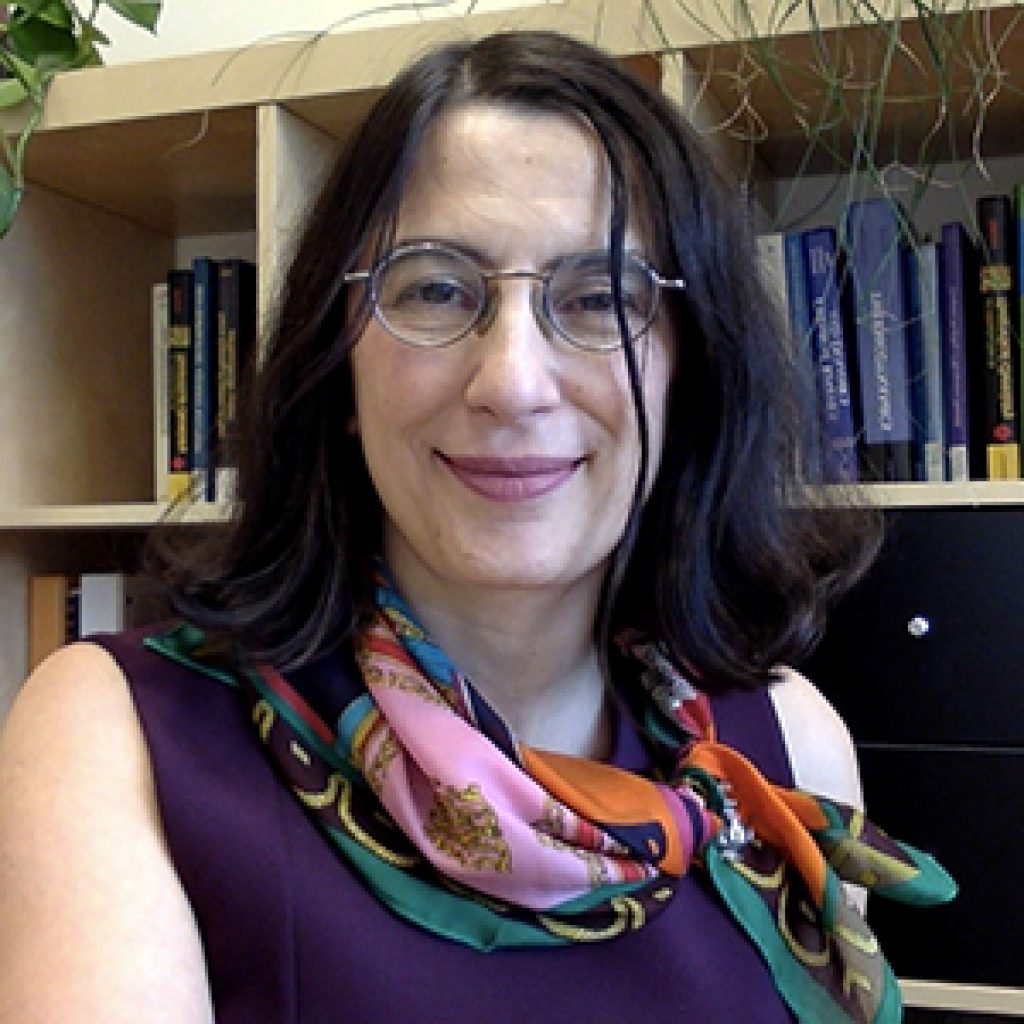
12/5/18 at 4:00 PM in Chemistry A101
About the Seminar Bacteria, insects and fish that thrive at subfreezing temperatures produce proteins that bind to ice and manage its formation and growth. Ice binding proteins include antifreeze proteins and ice-nucleating proteins. The latter are the most efficient ice nucleators found in Nature. Many questions remain on how do these proteins recognize or nucleate […]

11/7/18 at 4:00 pm in Chemistry A101
Literature Seminar Abstract Antibiotic resistance is a critical problem facing society.1 Ribosomal targeting is a well-established pathway for developing antibiotics and understanding how physiological ribosomes change conformation as antibiotics bind is crucial to developing new antibiotics.1 Though ribosomal conformation has been studies in vitro, few in vivo studies have been accomplished.1 Recently, Balzarotti et al […]

11/7/18 at 4:00 pm in Chemistry A101
Literature Seminar Abstract Tumor growth is regulated by the tumor suppressing protein p53. Nearly half of all cancers contain a mutation in tp53, the gene that codes for p53.[i] Therefore, understanding how p53 functions is a key component in understanding cancer. Previous studies have shown that in healthy cells, p53 tetramerizes and binds to DNA […]
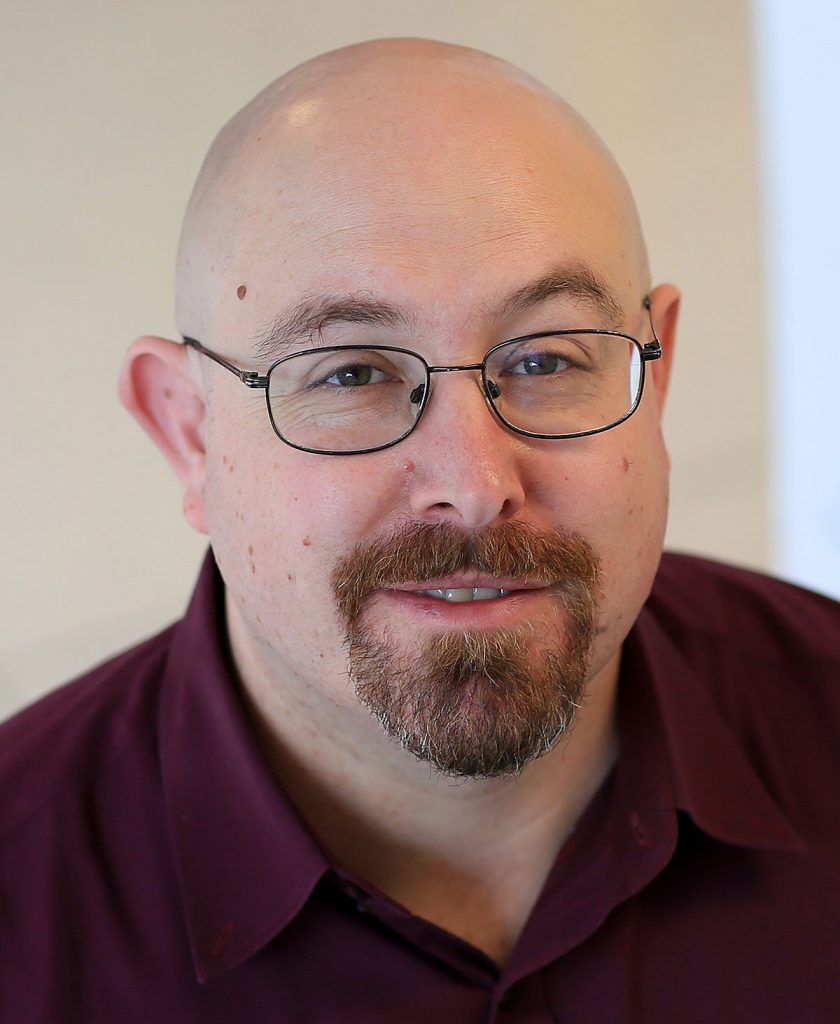
10/17/18 at 4:00 pm in Chemistry A101
About the Seminar: Pulmonary diseases (e.g., emphysema and fibrosis) are leading causes of mortality worldwide, and the incidence these disorders is thought to be rising. While strides have been made in elucidating the molecular events underlying lung disease, the pathological changes in respiratory physiology responsible for disease progression remain poorly characterized. This poor understanding can […]
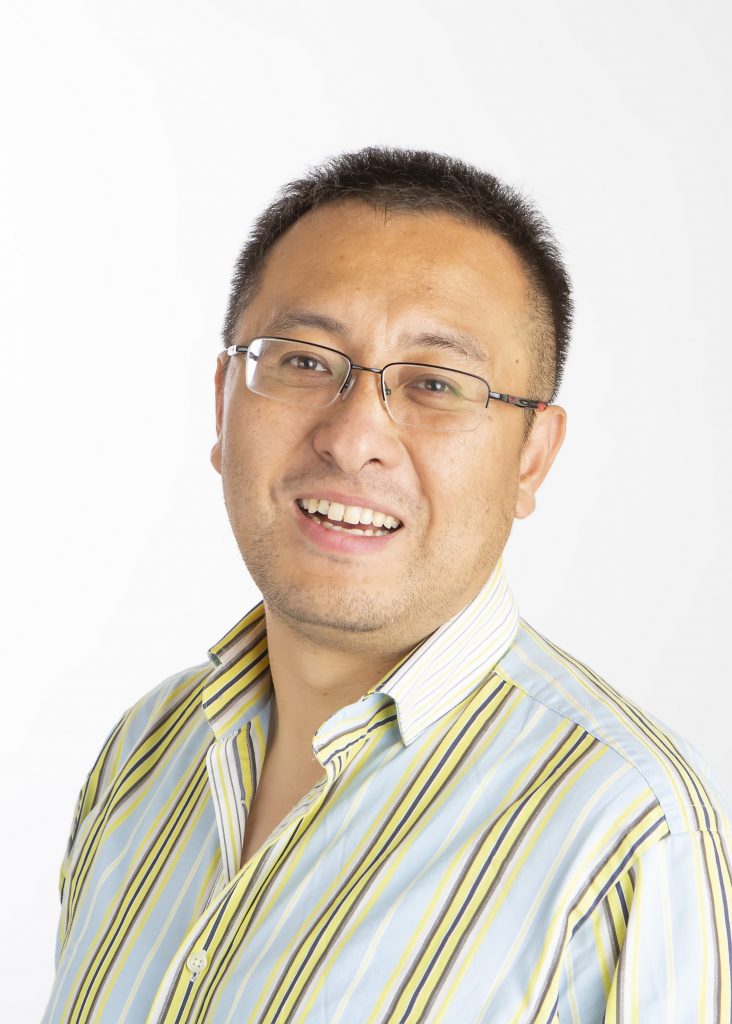
9/20/18 at 4:00 PM in Chemistry A101
In this seminar, I will discuss two developments in ultrafast nonlinear IR spectroscopy for exotic molecular materials: (1) 2D IR spectroscopy for molecular vibrational polaritons and (2) transient electric field induced VSFG spectroscopy for probing interfacial charge transfer. Both show the advantages of ultrafast nonlinear IR spectroscopic technique: to decipher hidden physics of exotic molecular […]
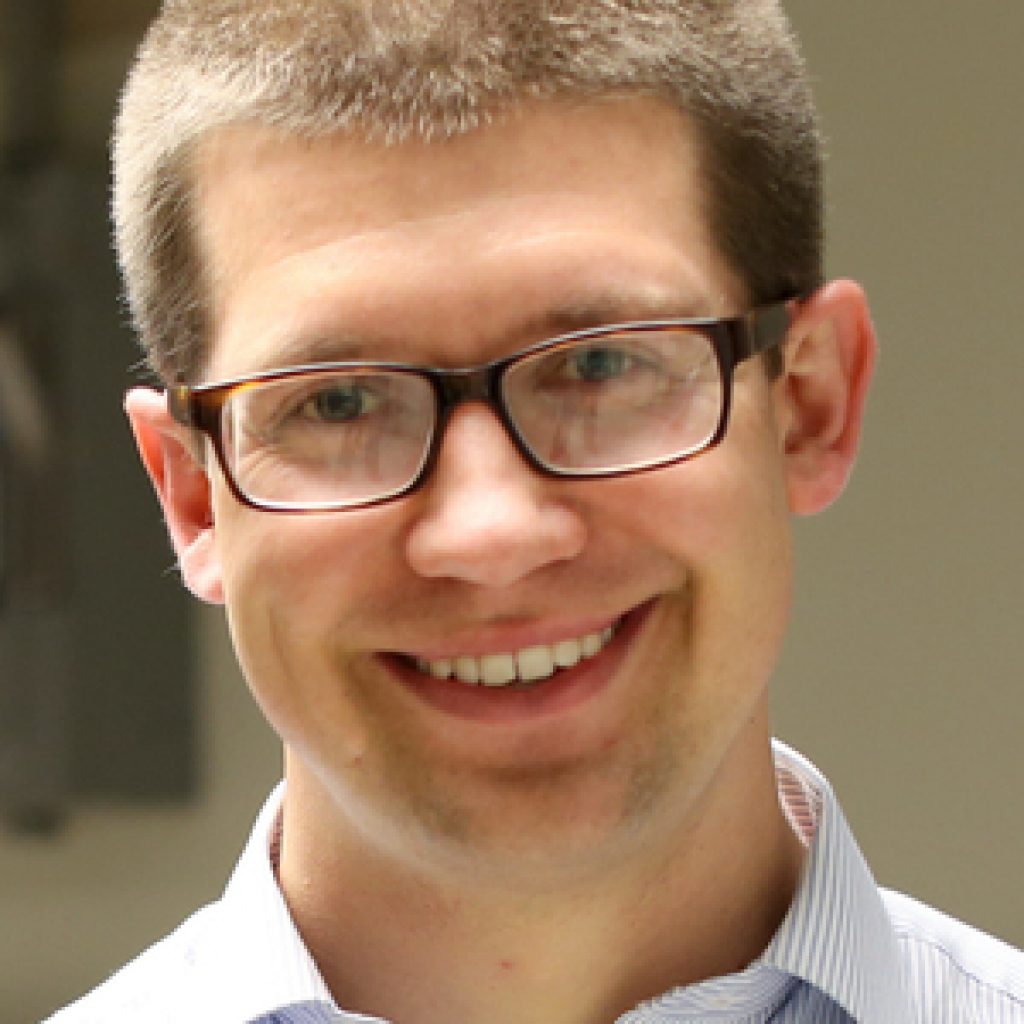
9/5/18 at 4:00 pm in Chemistry A101
Directly observing electron dynamics at surfaces is required to reveal the material properties that determine efficiency during energy conversion catalysis. Toward this goal, we have developed a tabletop instrument for femtosecond X-ray spectroscopy of surfaces. This method combines the benefits of X-ray absorption, such as element, oxidation, and spin state specificity, with surface sensitivity and […]
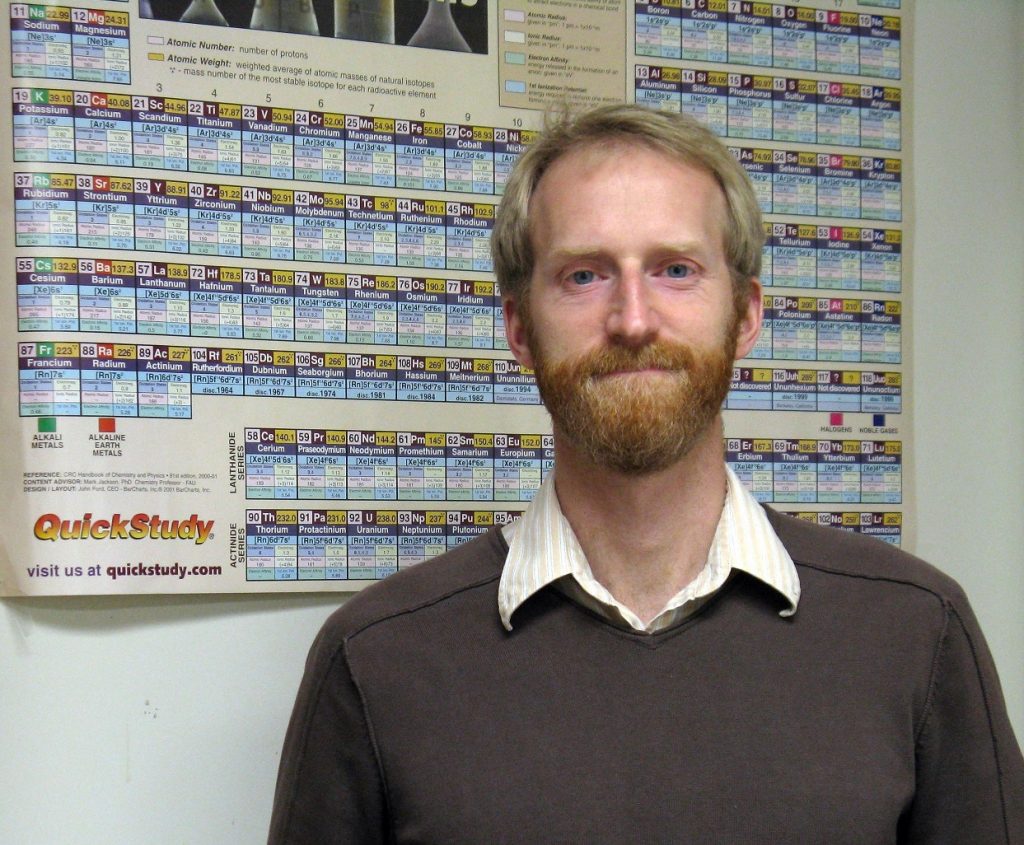
7/24/18 at 4:00 pm in Chemistry A103
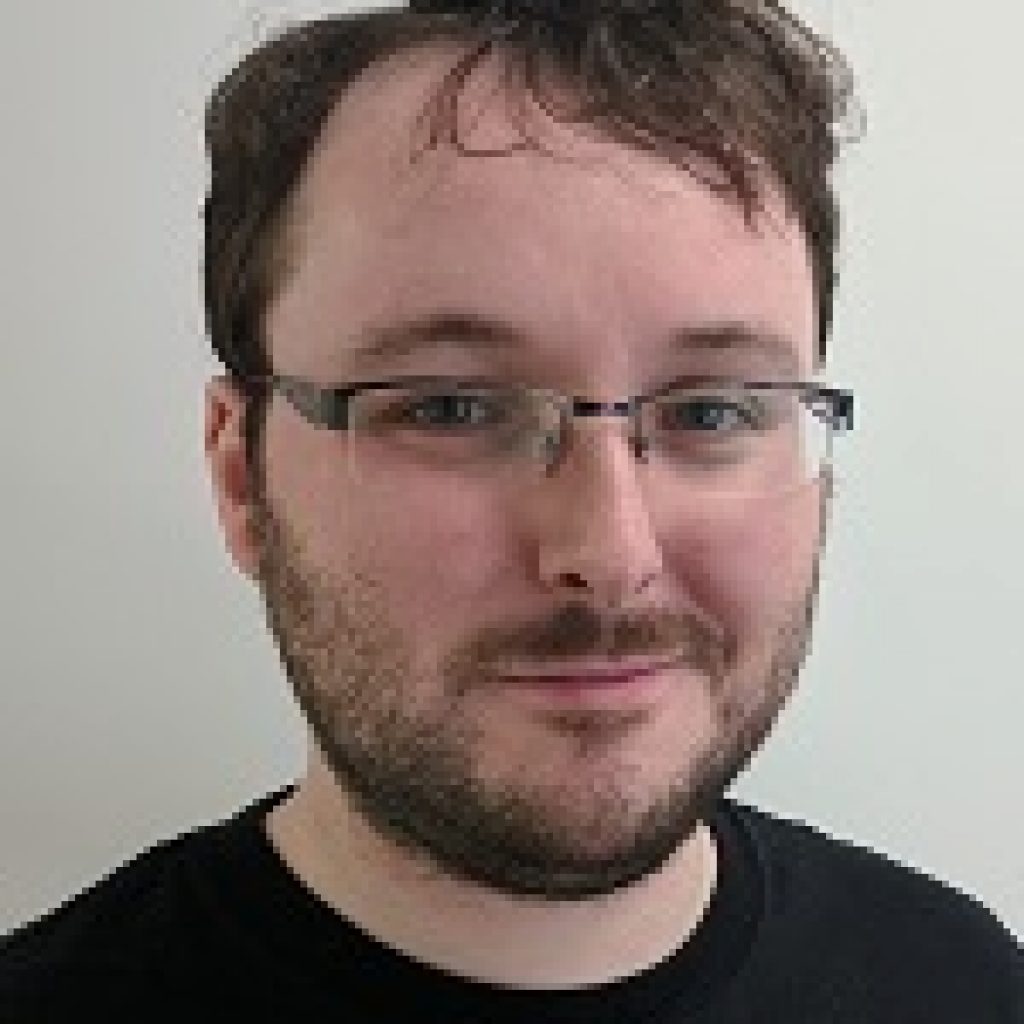
6/22/18 at 4:00 PM in ChemistryA101
The Nature Research portfolio includes the flagship Nature title, the physical and life sciences research journals, such as Nature Chemistry, and the open-access titles including the newly launched Communications Chemistry. During the first part of the talk Andrew will discuss the different aims and scopes of the various Nature titles as well as the relationship […]
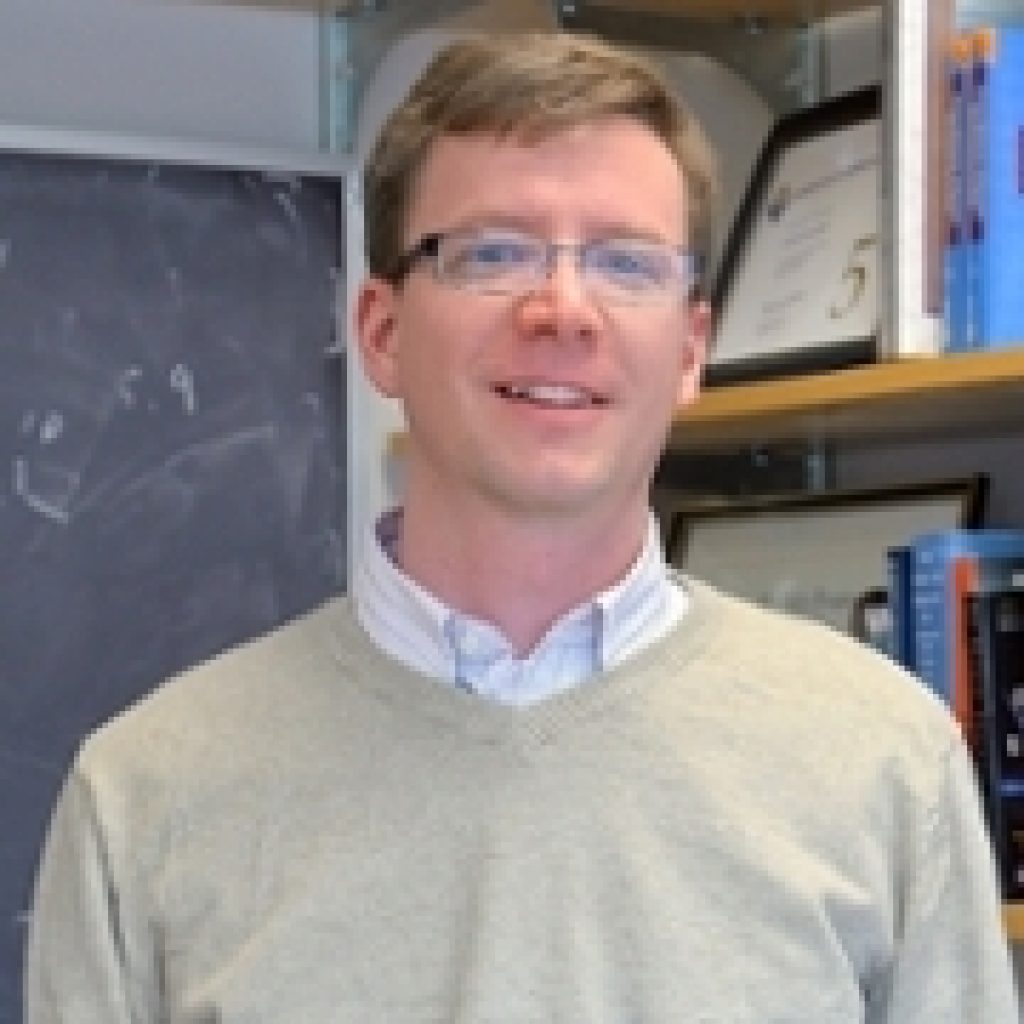
6/7/18 at 4:00 PM in Chemistry A101
ABSTRACT The ubiquitin conjugating enzyme, Ubc13, catalyzes lysine ubiquitination, a type of protein post-translation modification. Ubiquitinating a protein can signal for its degradation and affect its activity. Ubiquitination also plays a role in DNA repair and inflammatory response. Defects in this process are linked to different disorders including cancer, Parkinson’s and Alzheimer’s diseases. The accepted […]
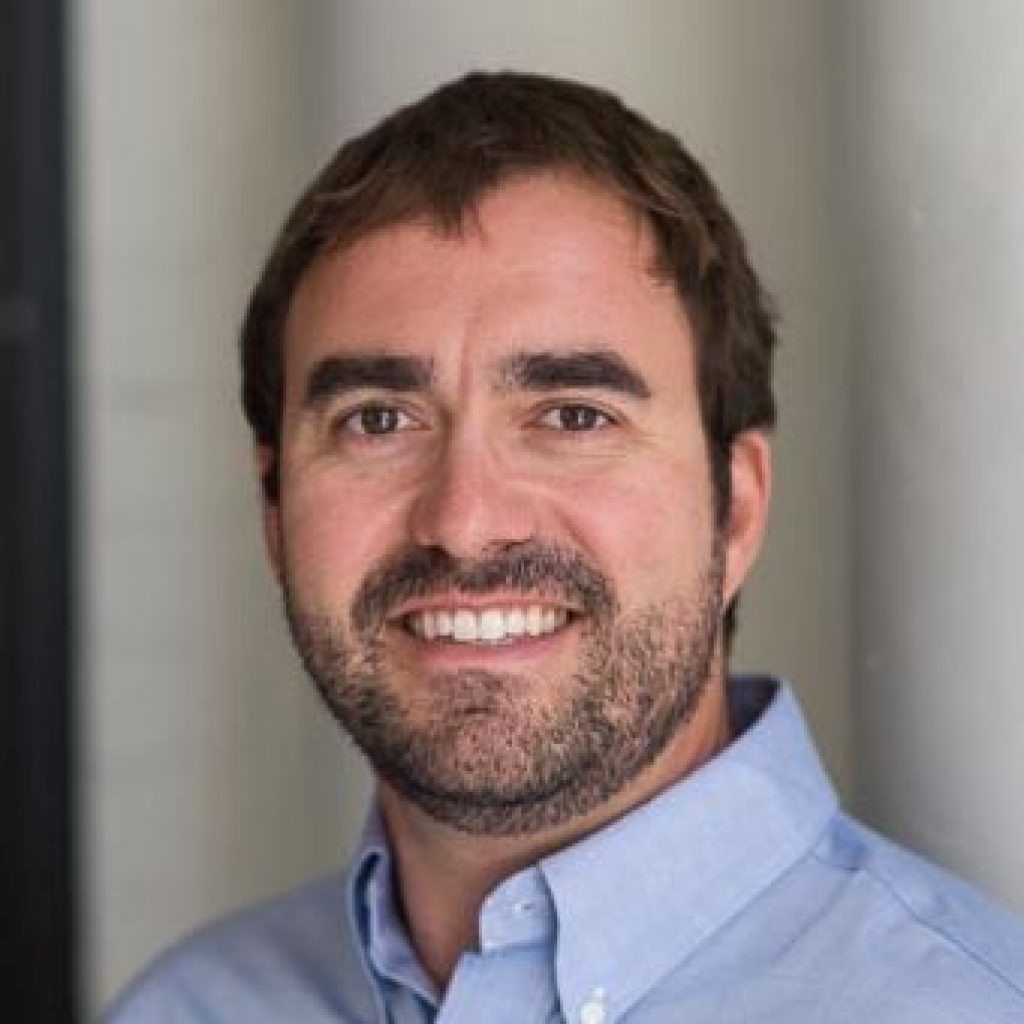
4/5/18 at 4:00 pm in Chemistry A101
